© ROOT-NATION.com - Use of content is permitted with a backlink.
Last year Huawei tried their best to develop the Y lineup of budget smartphones. We took a look at Y 2018 series, which included Y5, Y6 and Y7 models. And in 2019 the story seems to repeat itself. Today we review the new Huawei Y7 2019. Let’s see what it can offer us.
Huawei Y7 2019 Specifications
- Display: 6.26″, IPS, 1520×720 pixels, aspect ratio 19: 9
- Processor: Qualcomm Snapdragon 450, 8-core, with a maximum frequency of 1.8 GHz, Cortex-A53 core
- Graphics accelerator: Adreno 506
- RAM: 3 GB
- Storage: 32 GB
- Support for microSD memory cards: up to 512 GB
- Wireless networks: Wi-Fi 802.11 b/g/n, Bluetooth 4.2 (A2DP, LE), GPS (A-GPS, GLONASS, BDS)
- Main camera: 13 MP main module, f/1.8, PDAF and 2 MP depth sensor
- Front camera: 8 megapixel, f/2.0
- Battery: 4000 mAh
- OS: Android 8.1 Oreo with EMUI 8.2 shell
- Dimensions: 158.9×76.5×8.1 mm
- Weight: 168 g
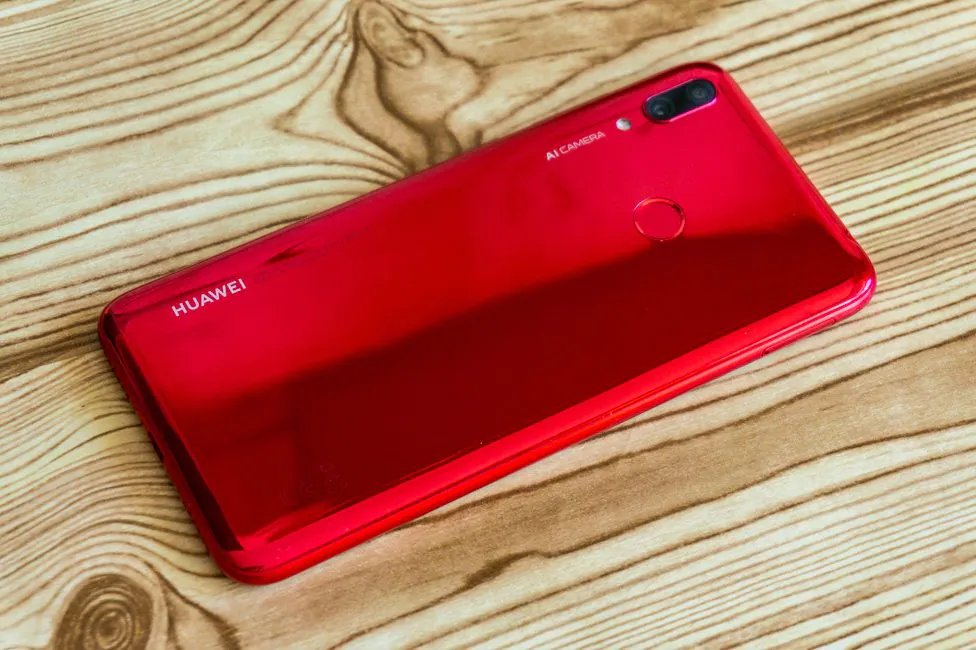
Huawei provided me with just the phone and nothing else. To test, I used the standard accessories:: a power adapter, a USB/microUSB cable and a SIM card eject tool. Additional bonuses like cover are not to be expected.
Design, materials and assembly
The design of the Huawei Y7 2019 is very similar to the recently released P smart 2019, but there are some differences. The latter had a monolithic body, whilst with Y7 2019 its ends and the lid are two separate parts. But the similarity is noticeable primarily because of the completely similar placement of elements on the rear panel.
In addition, there is the same color case – “Aurora”. In total there are 3 colors: black (Midnight Black), blue gradient (Aurora Blue), and also red (Coral Red).
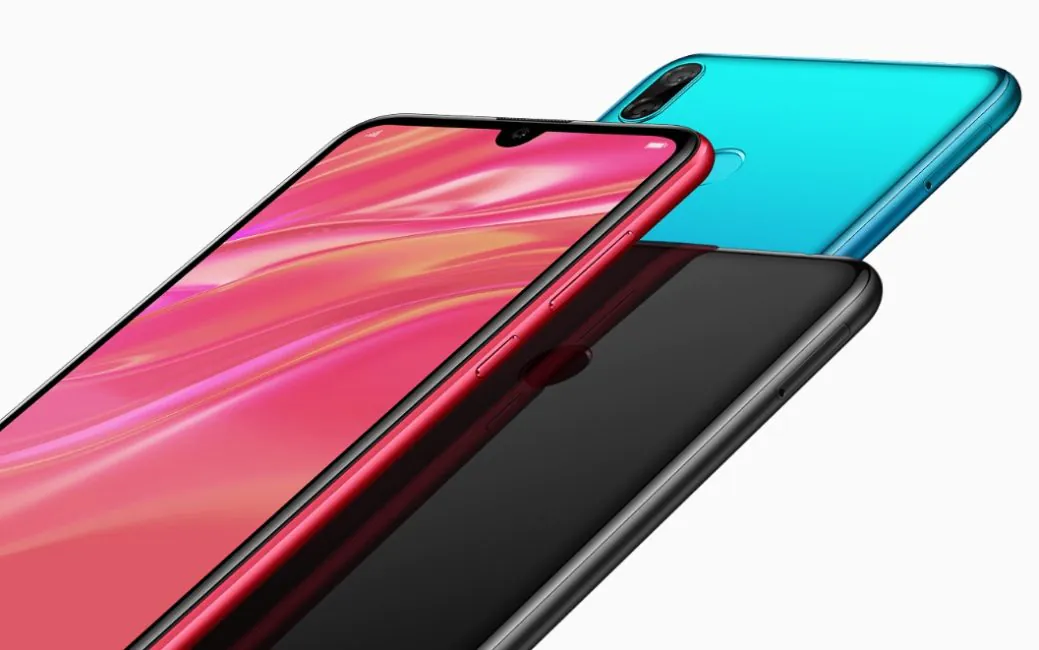
I have had last one. I can say that the new Y7 looks more modern than last year’s. The color is bright and juicy, the surface is mirrored.
But with the front panel, everything is not so obvious. If earlier there was no notch, now we have a drop-shaped one. This notch is better than the (bigger) ones we got last year – probably. And the bezels on the sides are not massive by any means.
But what’s below? There’s the Huawei logo on a fairly large area. It is clear that it is not entirely correct to require minimum bezels from a budget device, but its high time to move away from testless inscriptions.
The smartphone case is completely plastic, but the frame around the perimeter is matte, not glossy. Which is not bad at all. Still, the back plate gets dirty and covered with scratches.
There is no oleophobic coating on the front of the glass, but a protective film is likely to be stuck on the commercial sample. So this nuance is rather conditional.
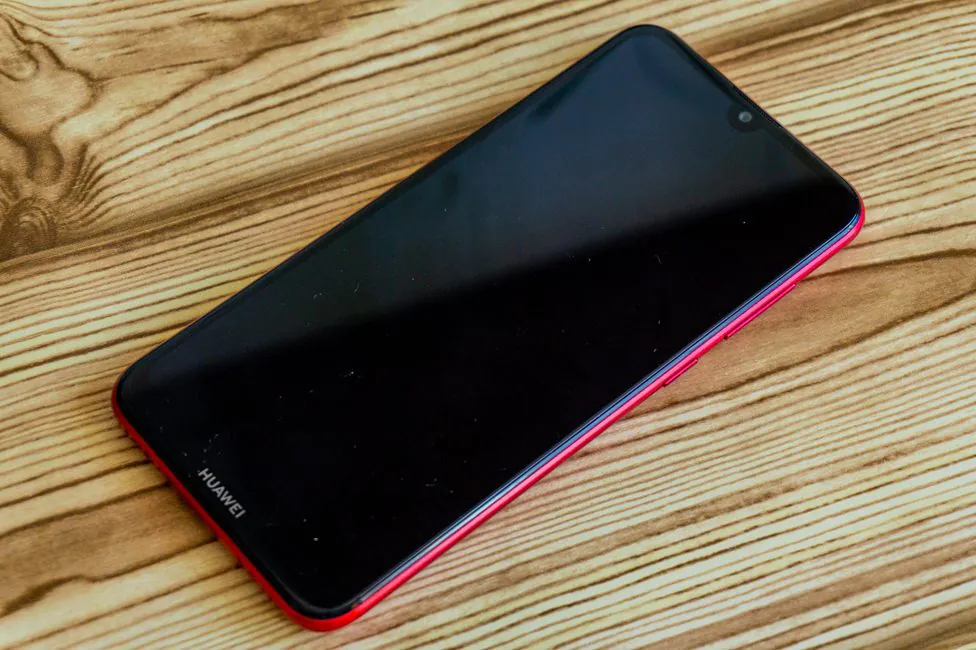
The build quality is good, with no visible gaps or loose fitting parts. The exception is the power button, which feels a bit loose.
Elements’ Configuration
Above the notch we have an earpiece speaker, with LED indicator is hidden in the right corner underneath. Under in the drop-shaped neckline is the eye of the front camera. A little to the right are the proximity and light sensors.
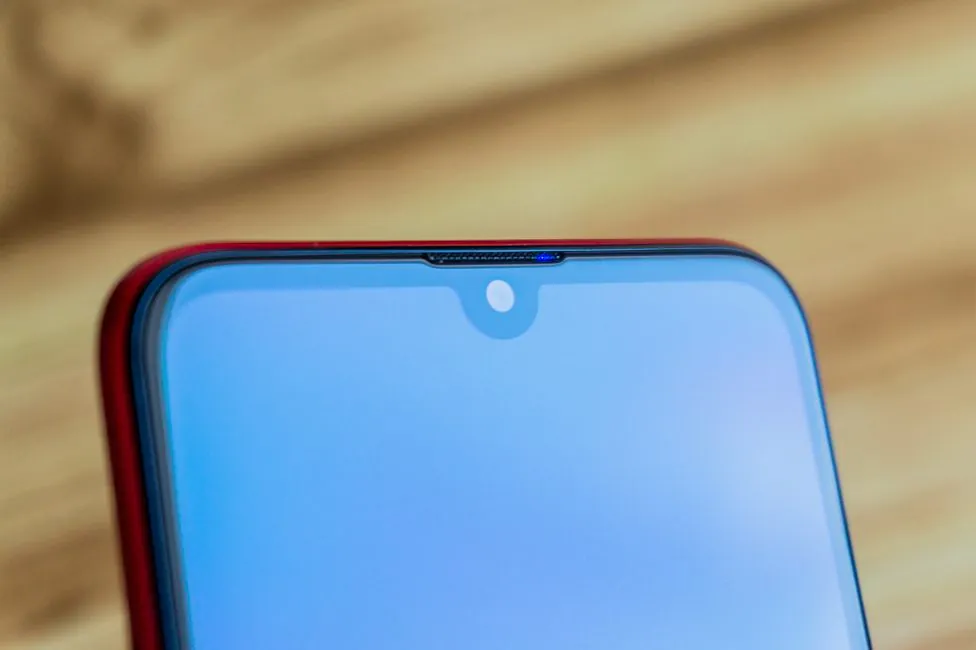
There’s also flash here, albeit a weak one. Which is still unexpected. I don’t think anyone will seriously use it. Disguise – 10 out of 10, the usefulness – 1 out of 10.
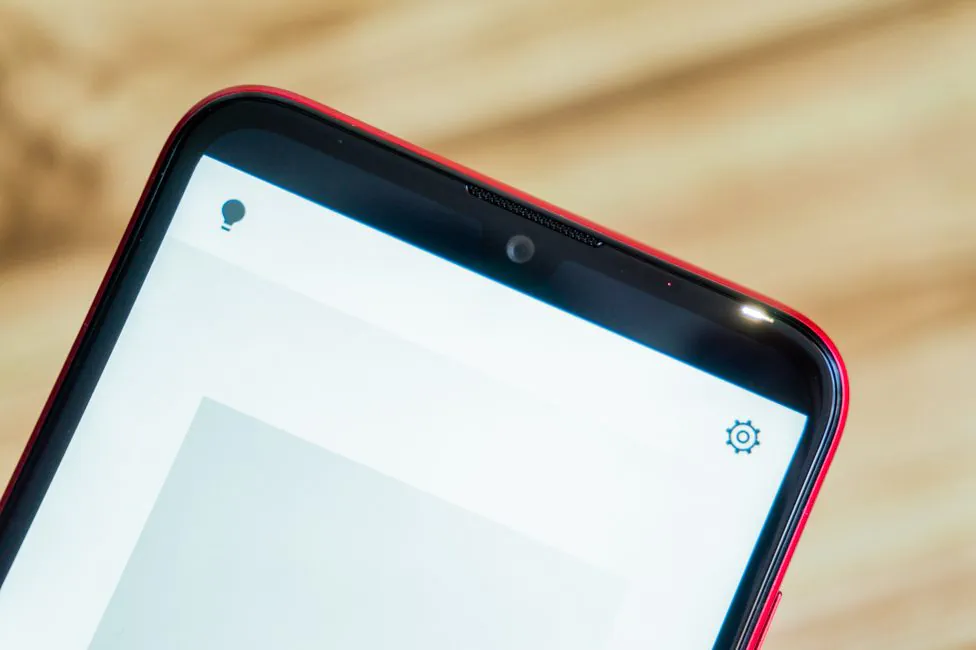
Below the display we have the Huawei logo.
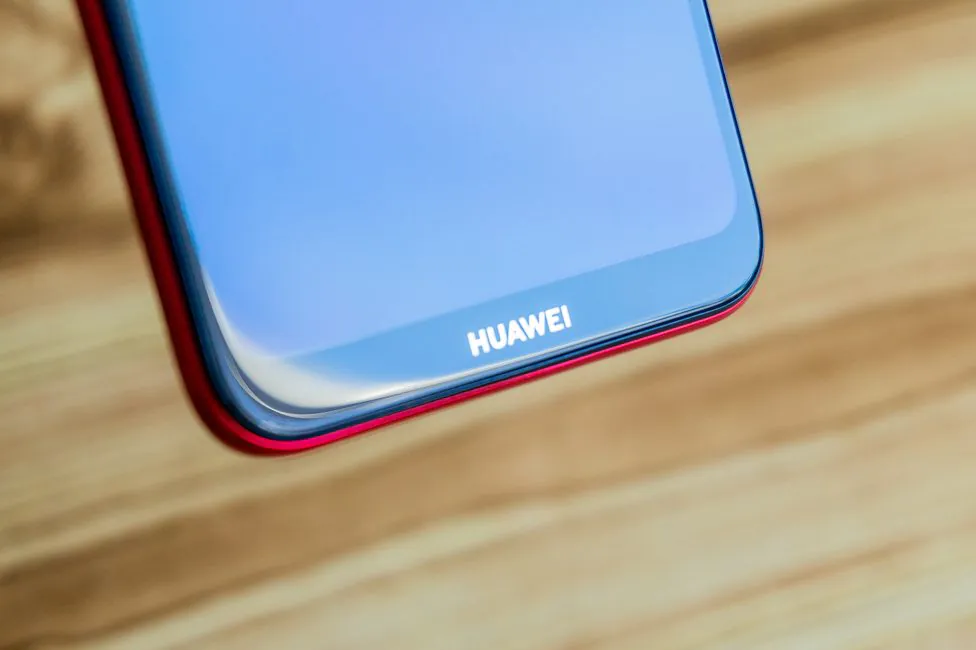
On the right side there is a paired volume button, and under it there is a power button with concentric notches.
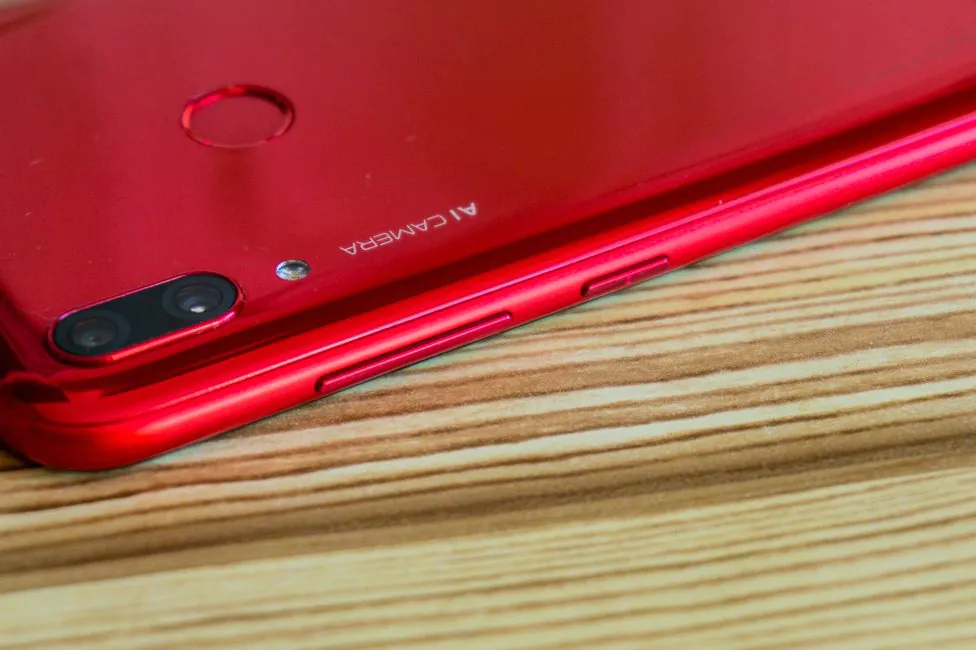
The left side contains a full slot for two nanoSIM and for microSD. This is an obvious plus, since you don’t have to sacrifice one for the other.
The bottom end received the microUSB port in the center – a big minus. Although what else can you expect when there are more expensive Huawei phones with this archaic standard. On the sides of it are a microphone and multimedia speaker.
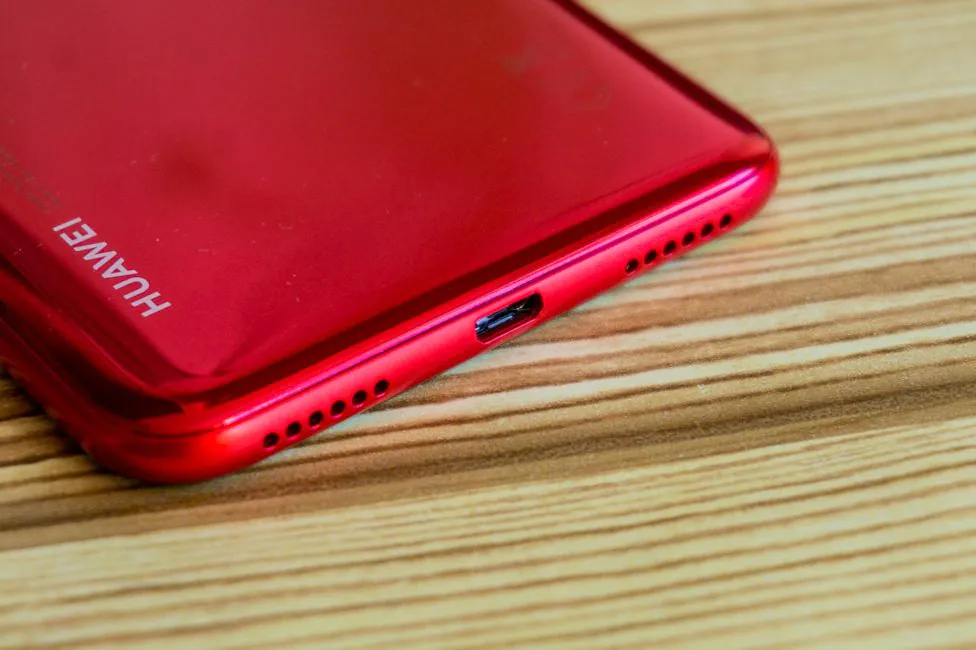
Above is 3.5-mm audio jack and another microphone.
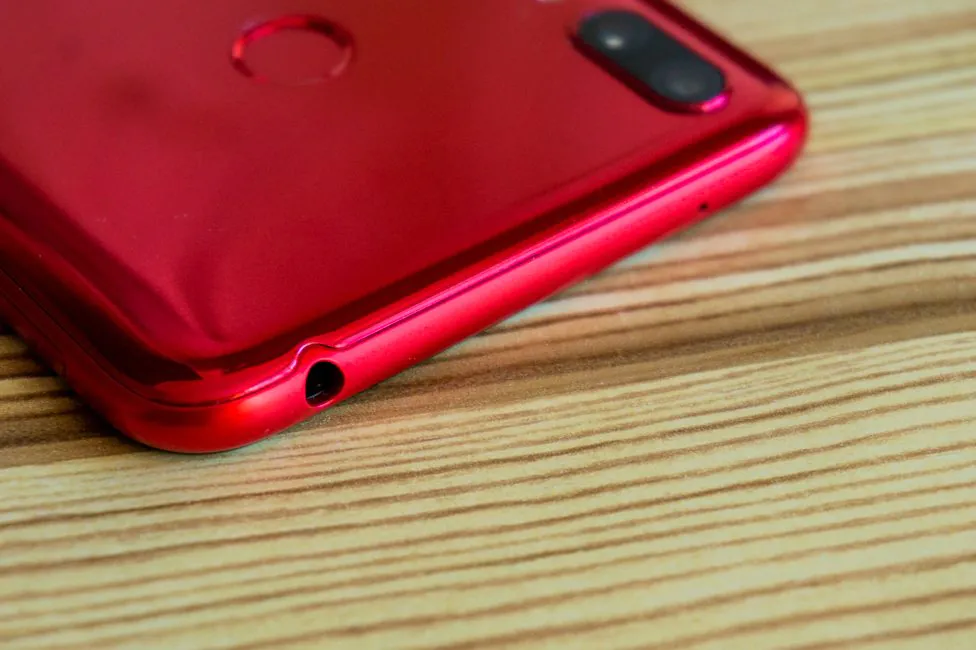
On the rear panel is a double camera vertical unit which sticks out a little. Below it is a flash and the AI Camera inscription. In the middle is a fingerprint scanner.
At the bottom there are a few more inscriptions and service marks. As in the case of the P smart 2019, they are applied over the cover. This means that, theoretically, they can wear off if you use the smartphone carelessly.

Ergonomics
Huawei Y7 2019 is a bit bigger compared to the previous model. The height and thickness have increased, but the width has decreased slightly. It’s also heavier.
But I did not feel a tangible difference in ergonomics. Smartphone is also difficult to use with one hand – you will need to change the grip from time to time. But there are some positive little things – the power button is easy to find and is located in a convenient place.
The same can be said about other elements – the volume key and the fingerprint scanner at the back are located in the right places.
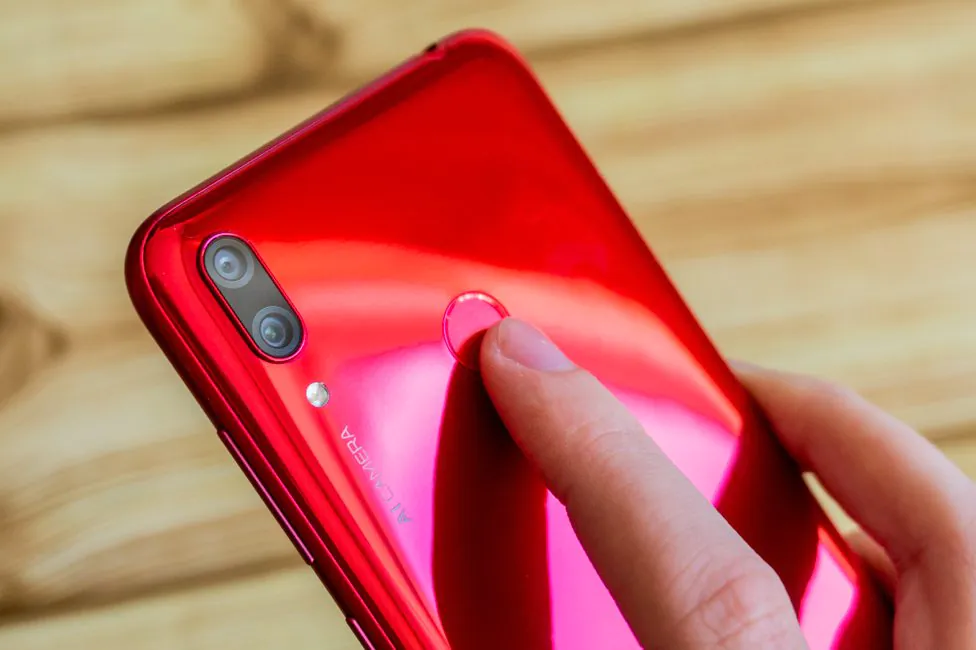
Display
The screen size has grown to 6.26″ and the aspect ratio is now 19:9. The matrix remained unchanged – the same IPS-screen, with a resolution of HD+ (1520×720) and a pixel density of 269 pixels.
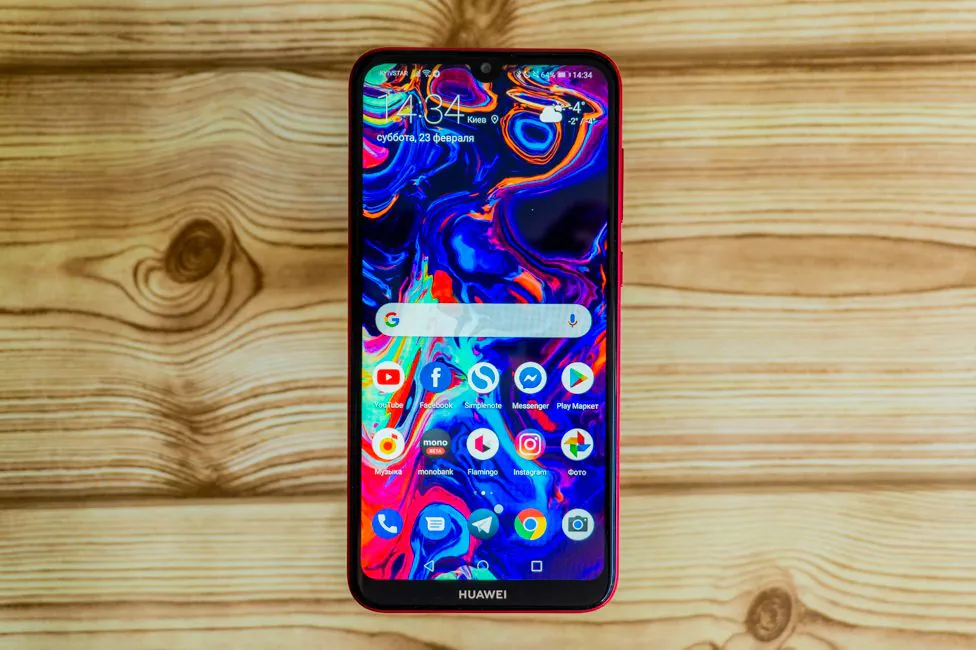
This is hardly exceptional for several reasons. Still, I would like more resolution, because the diagonal is far from the smallest and Full HD+ would look much better.
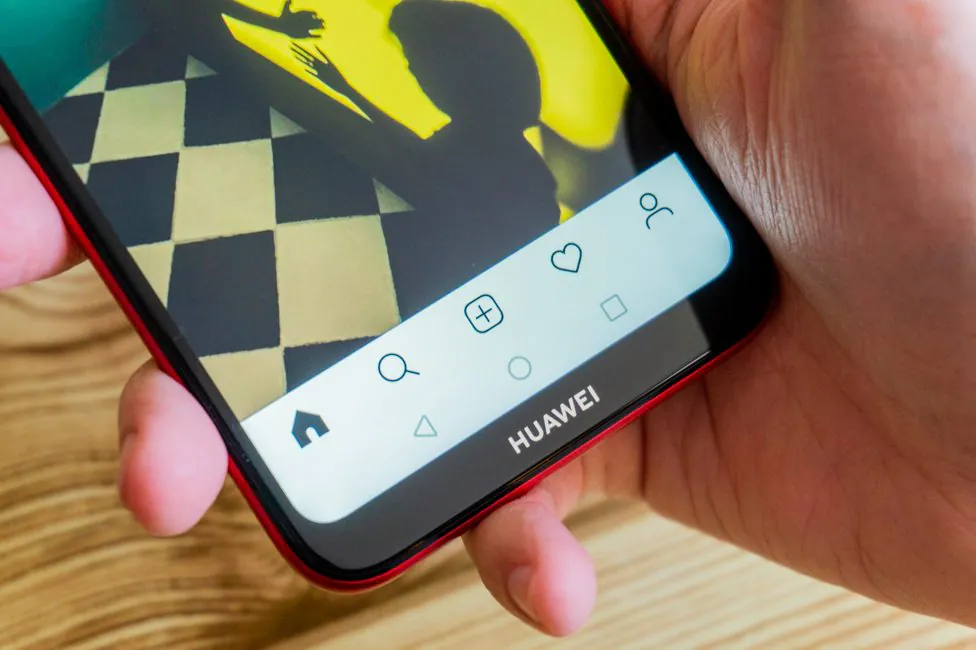
There are no serious problems with IPS, it displays natural colors – without excessive contrast and saturation.
Viewing angles are not bad, but slight fading can be observed if you look at the dark shades at a certain angle. The brightness is enough for indoors or on an overcast day. However, on particularly sunny days there may be problems with the visibility of the contents on the screen.
Auto-brightness works correctly, properly adjusting the brightness level, but sometimes it lingers for a while. An undemanding user will be satisfied with the screen – it’s a normal, if unremarkable, display.
The teardrop notch can be hidden in the settings. In this case, the upper part becomes almost of the same size as the bottom.
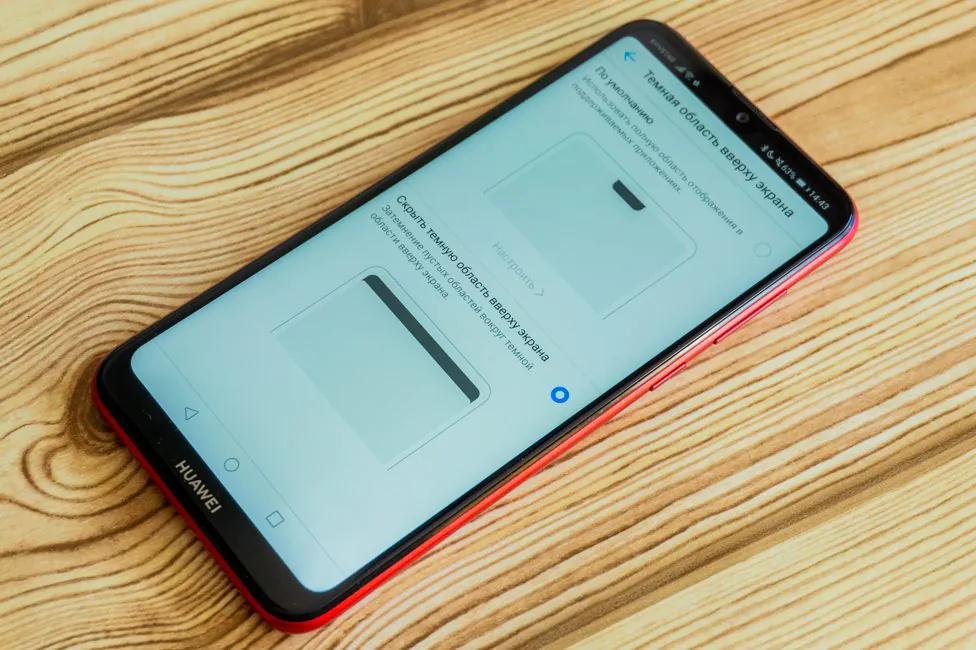
This parameter can additionally configured – you can choose in which applications the masking will be active, and where the notch will not be hidden.
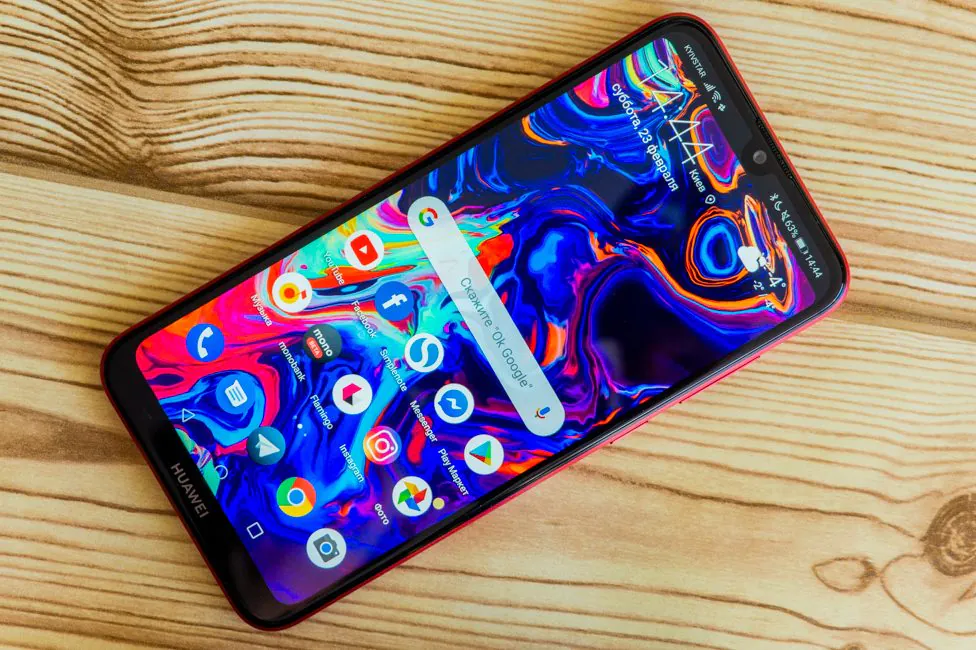
From other settings: the choice of color temperature of the screen, the mode of eyesight protection and the activation of full-screen mode in applications. The latter is useful if the developer has not yet optimized his own application for the elongated screens. True, such apps are rare, but they exist.
There is also a clever reduction in the resolution for energy saving, but it’s not necessary here at all, due to the already low resolution.
Performance
The hardware component has not undergone major changes in terms of performance. Inside are Qualcomm Snapdragon 450 and the Adreno 506 graphics accelerator. The processor is based on a 14-nm process technology and consists of 8 Cortex-A53 cores with a maximum clock frequency of up to 1.8 GHz.
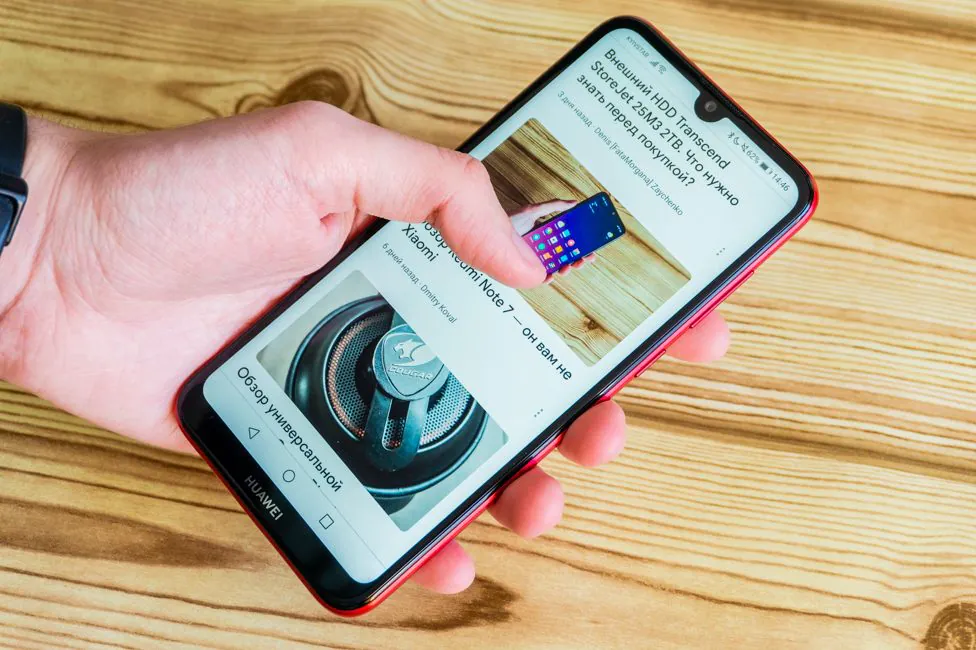
This is the hundredth series chip, which means it’s pretty basic. But Adreno 506 is the same GPU that is installed in the old Snapdragon 625. In short, 450 Dragon will be better than 430, not by much. In synthetics I could only install 3DMark – the rest is unsupported.
With memory, everything is simple – there is only one modification with 3 GB of RAM and 32 GB of storage. The latter can be expanded with a microSD memory card up to 512 GB without any “buts”, if 24.51 GB inside is not enough. Looking at the small amount of RAM, one shouldn’t expect multitasking. Well, it can hold up to 10 applications without restarting them, sacrificing the smoothness of the work.
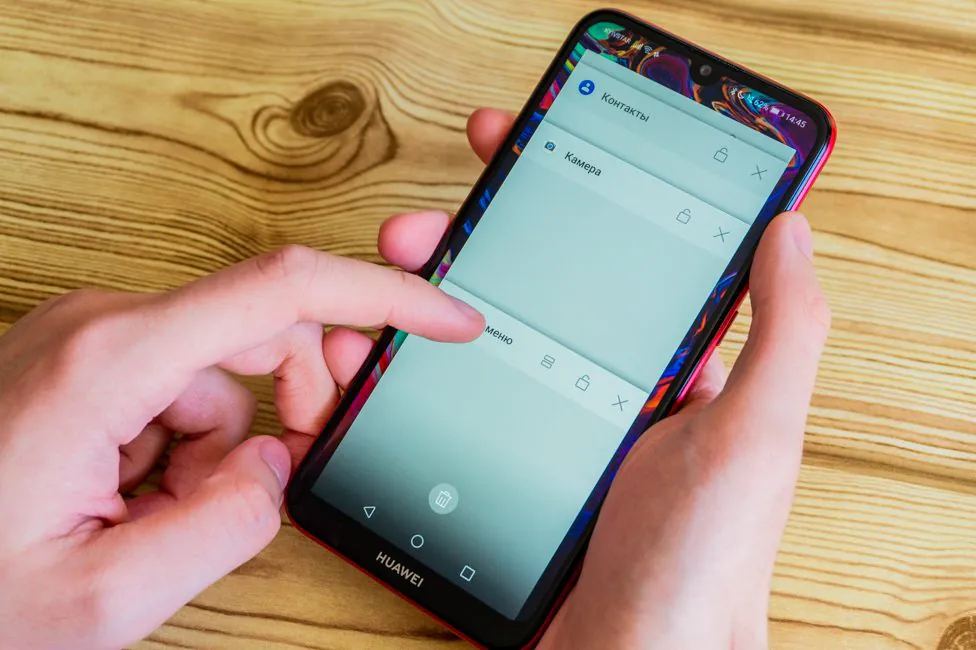
Speaking of smoothness. It is necessary to clarify one nuance – smart phones of this level, unfortunately, can lag while drawing system animations, if you use navigation gestures. This was observed with Redmi Note 7 in the base version, and it happens with Huawei Y7 2019.
Although with the usual three buttons at the bottom of the situation is reverse. The smartphone relatively quickly launches applications, but not smoothly. In short, for an undemanding user, the system speed is quite alright.
You can run simple games, even heavier projects too. But it’s clear that you’ll have to expect low or in rare cases average graphics. You can easily play PUBG Mobile with low parameters.
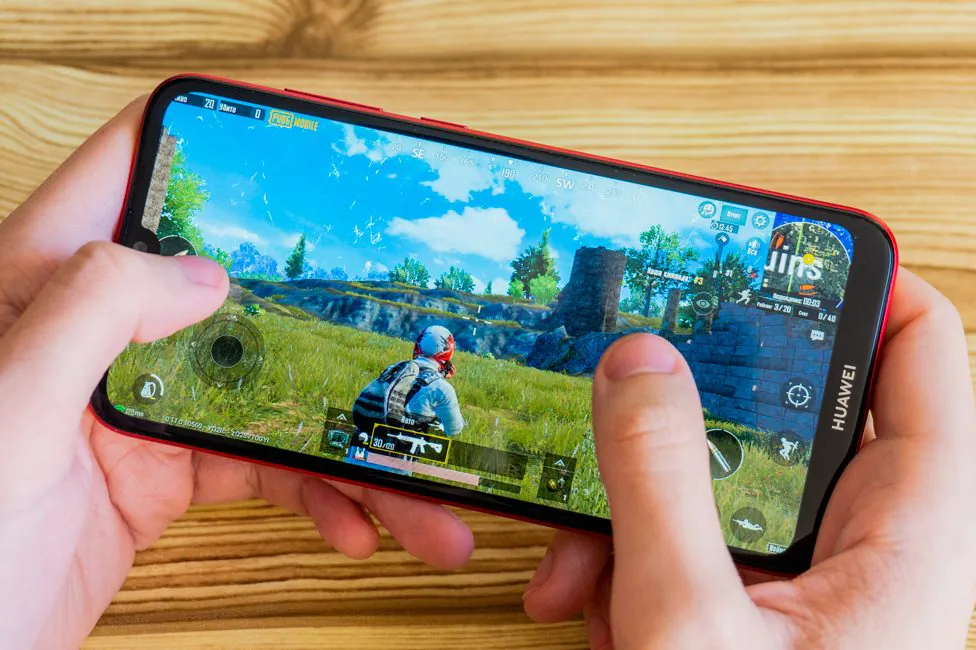
Cameras
The main camera of Huawei Y7 2019 is dual. The main module has a resolution of 13 megapixels, good f/1.8 aperture and phase autofocus (PDAF). The second module is a conventional 2 MP depth sensor, which allows to blur the background.
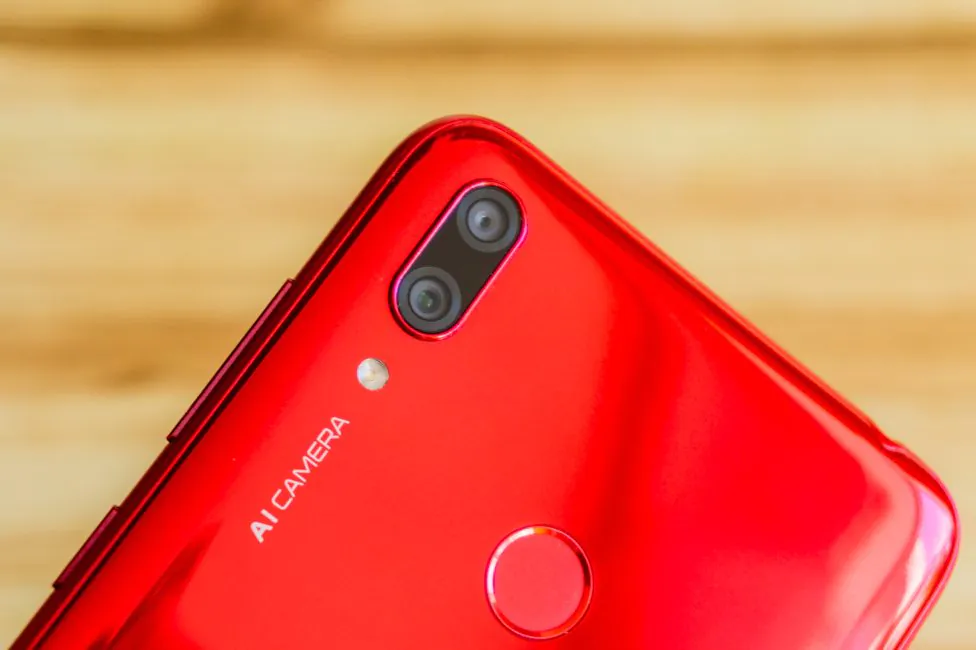
The smartphone shots okay in good daylight, showing acceptable detail and white balance and close to the natural color reproduction. But in a room with bad lighting the results are much worse. In terms of details, of course. They get blurred, turning the picture into a light “watercolor”. Dynamic range is also low. Given the level of the smartphone, this result is expected. However, in this segment there are still better cameras.
PHOTO EXAMPLES IN FULL RESOLUTION
AI in the camera is present and can embellish the colors and make the photo a little lighter. In general, it’s not bad. You can even keep the mode on all the time without worrying about a possible corruptions. Although in some moments and difficult scenes, it can sometimes overdo the lightening of shots. But even if you come across this, you can always return the original result in your own gallery.
Huawei Y7 2019 can blur the background, but only barely; the objects are not exactly separated from the background. But if you really want to get a photo with this effect, you can try to play with the degree of blur. But don’t expect miracles.
You can shoot video in Full HD resolution with 30 frames per second. Electronic stabilization is absent, as is slow or accelerated shooting. You can only select the H.264 or H.265 codec. The end result is not at all impressive.
Front camera has 8 megapixel module and f/2.0 aperture. A typical camera. In a natural manner, there is a face beautifier mode. As I said, there is a slyly hidden flash. When activated, the display is turned on, additionally highlighting the face with a white background. I personally do not find this practical at all.
In the application I did not find any new modes for myself: there is a manual, panoramas, augmented reality, HDR, filters, and an integrated document scanner.
Unlock Methods
There are no changes to device unlocking methods. There is an excellent fingerprint scanner on the back, which works very quickly and stably. Huawei has its standards, even in an inexpensive smartphone.
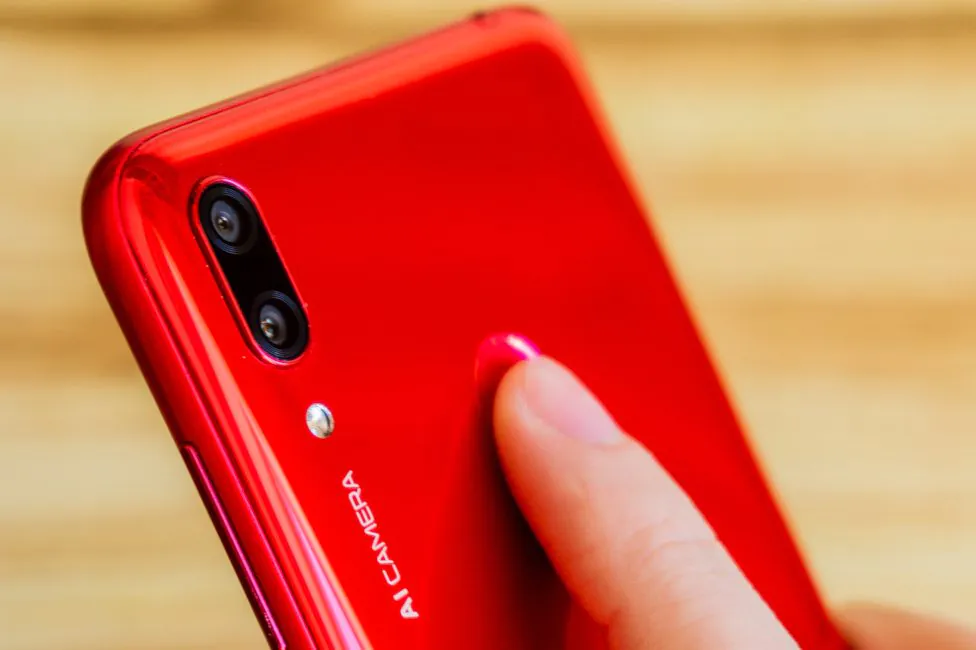
Among other things, it can perform various operations: control the descent of the camera, answer calls, turn off the alarm and so on.
Unlocking with the face in Huawei Y7 2019 also works at the proper level. If the camera does not have enough light, the display brightness will increase until the smartphone can recognize the owner.
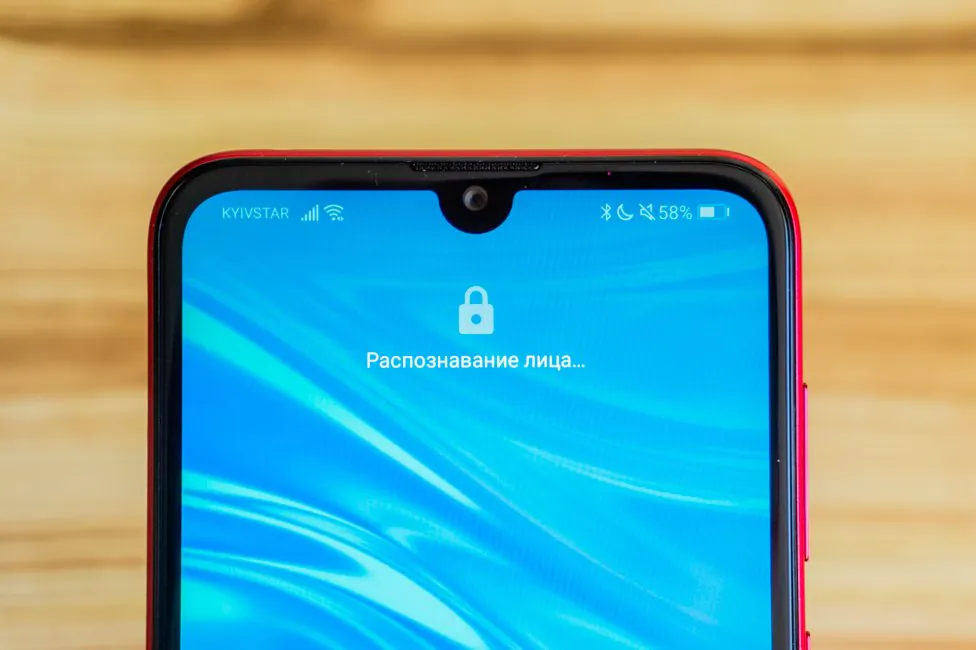
Battery life
And here lies the most significant difference between the new product and last year’s model. The battery capacity has grown by a whole thousand mAh and now the Huawei Y7 2019 has a 4000 mAh battery installed. Which very good.
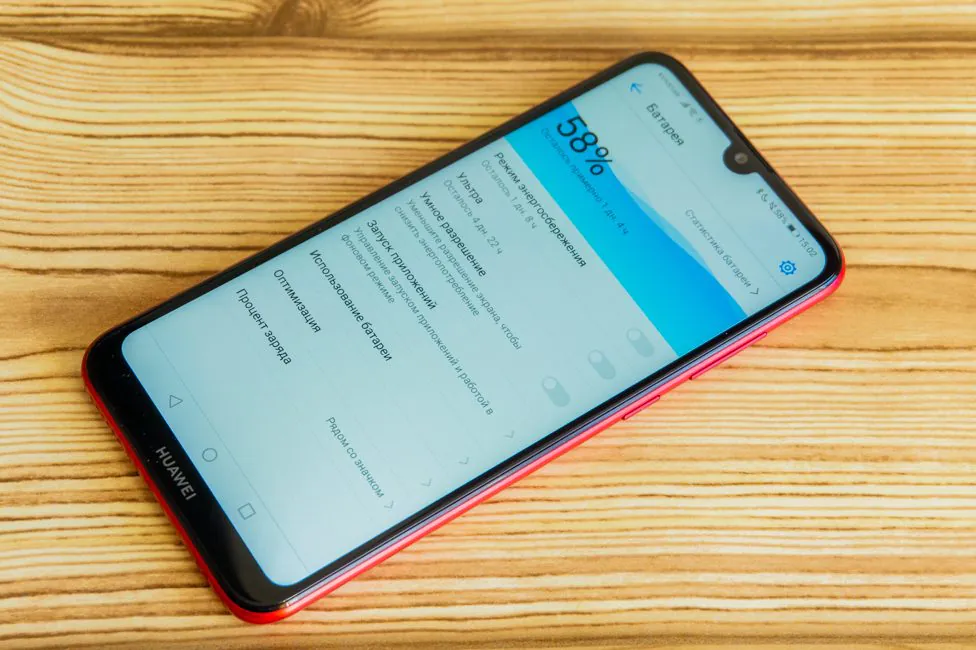
Hardware doesn’t need much, the screen is certainly large, but the resolution is HD+. Thus the phone can survive for quite some time. I did not have to charge my smartphone every night – it can last up to 2 days. The screen activity time was more than 7 hours.
I didn’t have a bundled charger on my hands, so I don’t know how long it takes to recharge. But I do not think that charging will be quick. And of course microUSB – we should have gotten rid of it a long time ago.
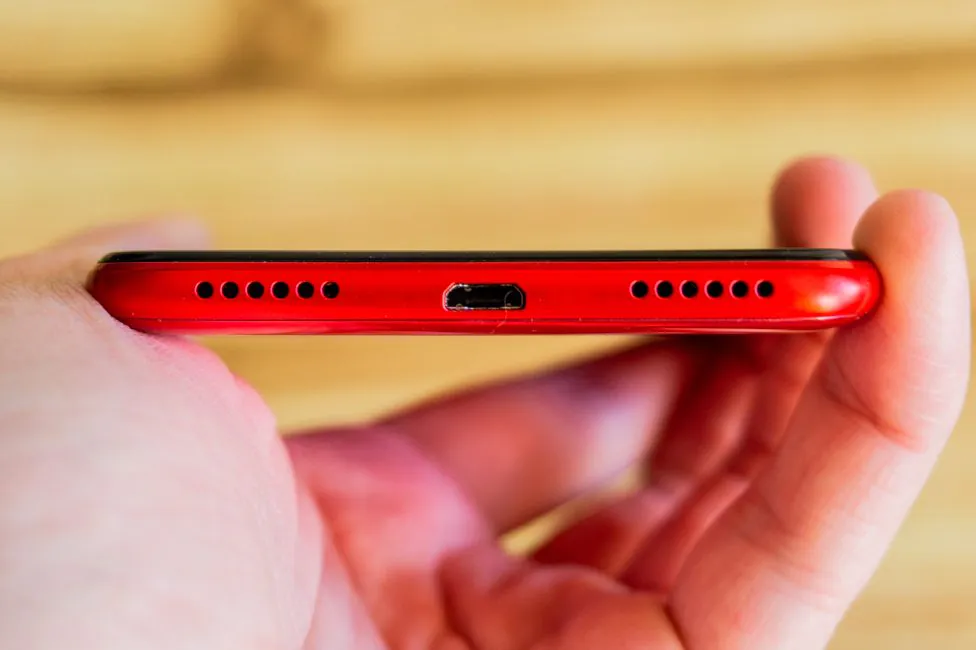
Sound and communication
The earpiece speaker fulfills its function. And the one on the bottom is moderately loud, but it can’t offer wide frequency ranges.
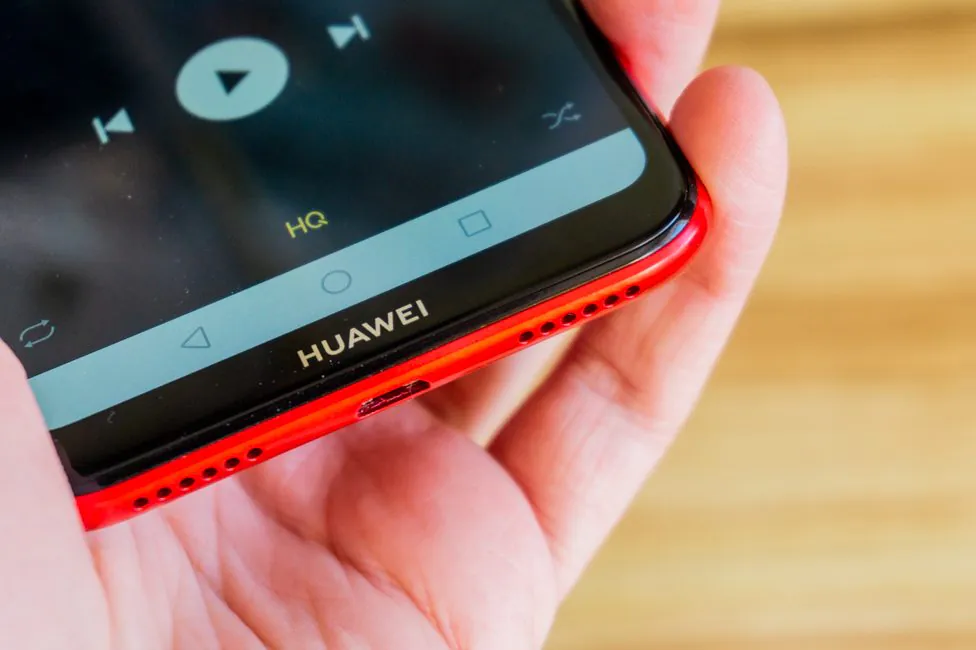
You can comfortably watch some videos at home, but it’s better to use headphones. With the latter, the situation is better, and especially after adjusting the audio effects.
A set of wireless modules has not changed at all. Standard single-band Wi-Fi 802.11 (b/g/n), with Bluetooth 4.2 (LE, A2DP). I did not notice any problems at all. Positioning with GPS (A-GPS, GLONASS, BDS) is relatively accurate, but not the fastest. With mobile communication, everything is also normal. But the NFC functionality is still missing, which is depressing. If you really need it, take a look at P smart 2019.
Firmware and software
For some reason, Huawei Y7 2019 is released to the market with old software versions: EMUI 8.2 based on Android 8.1 Oreo. There is, of course, the possibility that the upgrade to the 9 version will come later, but nonetheless. I think the presence of a fresh version of the “robot” would be a real advantage in an inexpensive segment.

From the point of view of the shell, there is nothing new. Standard EMUI to which we are accustomed. There are lesser features than in more expensive models, but the main ones are all here. There is one-handed control and gestures (screenshots with three fingers, turning the device to turn off the sound and activation of the screen when you take the device). The latter, by the way, perfectly complements unlocking with the face.
There are four ways of navigation here: a floating button, three navigation buttons, one all-in-one button and full-screen gestures. But like I have already said, when you turn on gestural navigation, the animation slows down a bit.
Verdict
If you think of Huawei Y7 2019 as an upgraded Y7 of the last year’s, it is a success. Bigger screen, better design with neat colors, better performance and great battery life.
But at the same time as a separate entity Huawei Y7 2019 is not perfect. And the main problem is the price – there are lots of rivals that offer a lot more. Even without mentioning Redmi Note 7 there are quite a lot of serious alternatives.
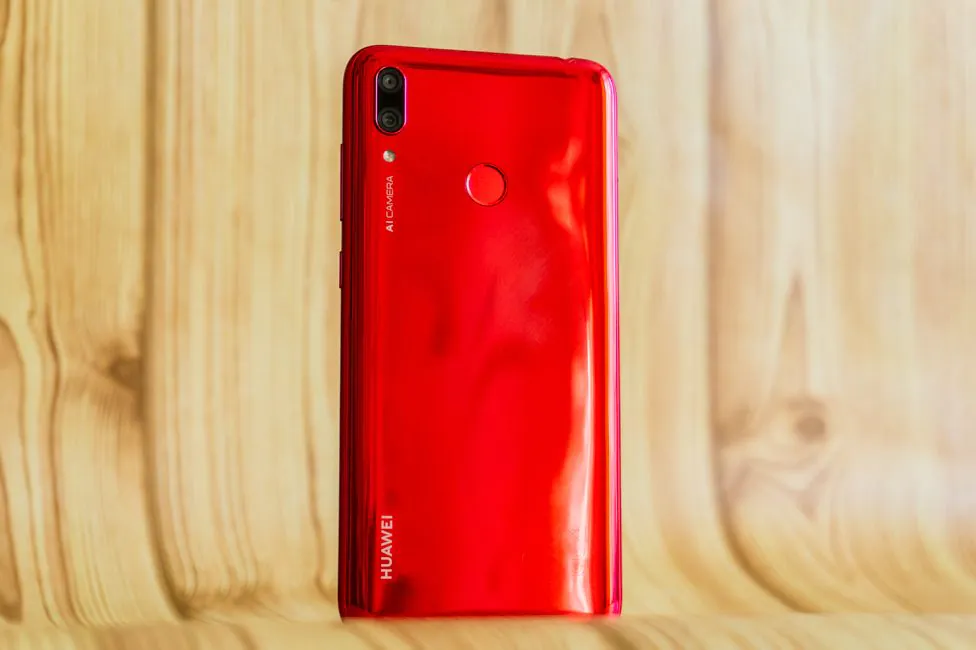
Take for example ASUS ZenFone Max Pro (M1) – the 3/32 GB version is only $4 more. Sure, the design is drab, but everything else? Well, you know what I mean.
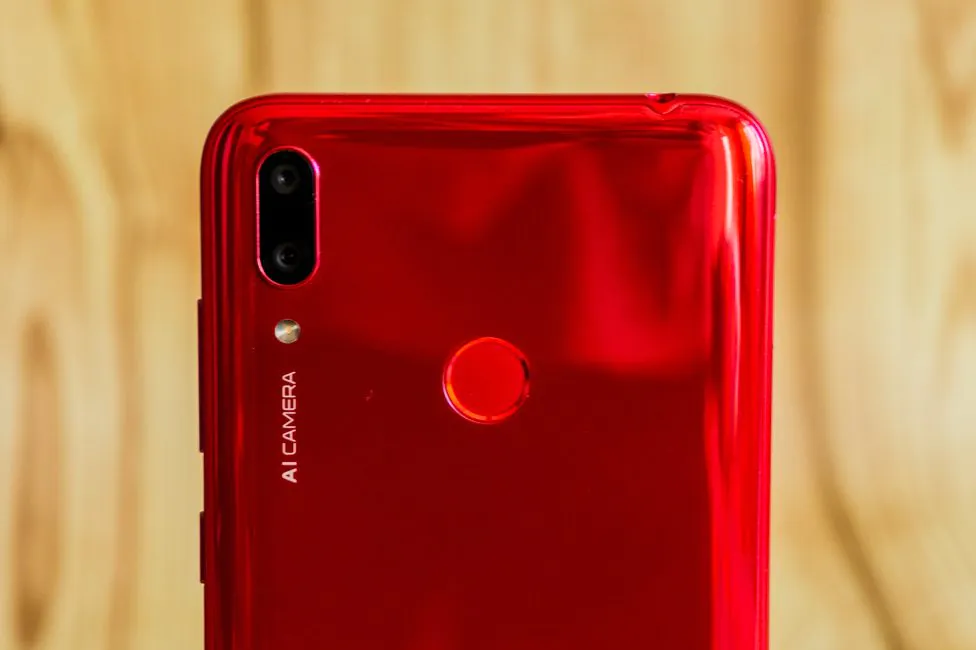
Overall, the smartphone is a bit overrated by Huawei. But if you like EMUI shell or look for a long-lasting device with big screen and good looks, Huawei Y7 2019 may be right up your alley.


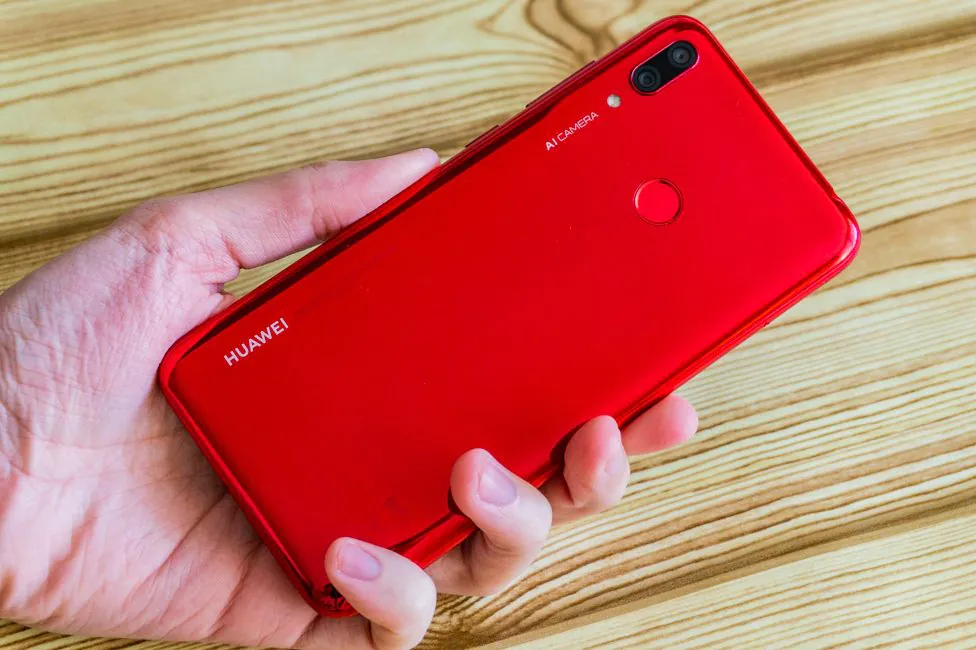
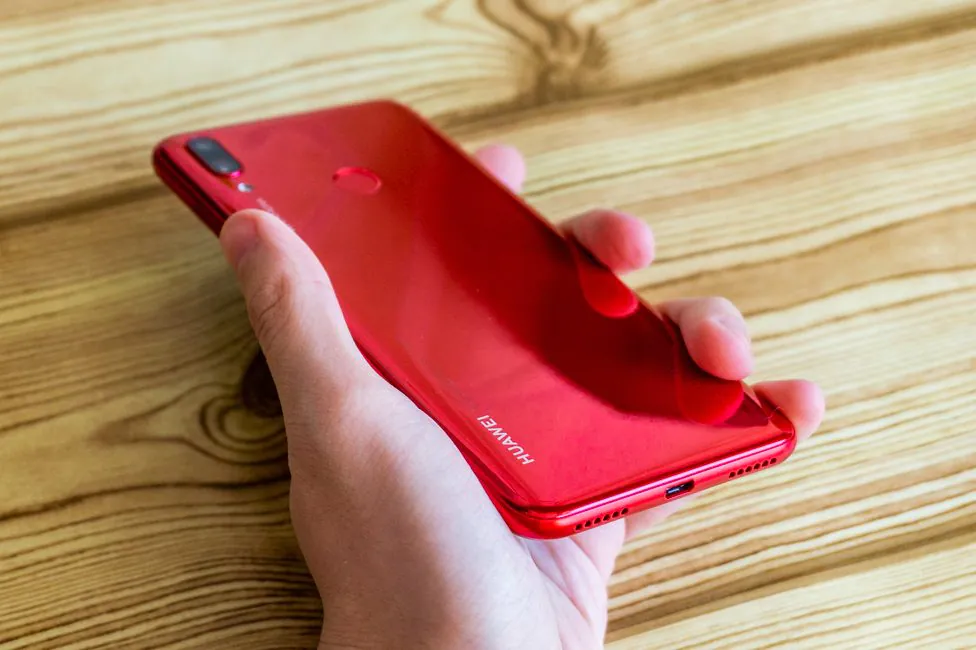

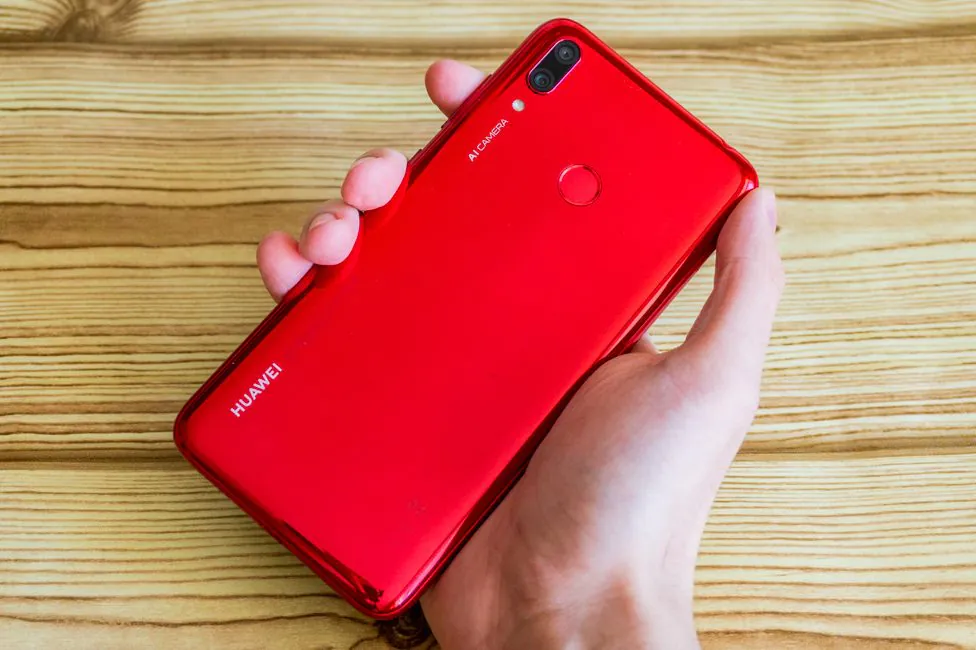
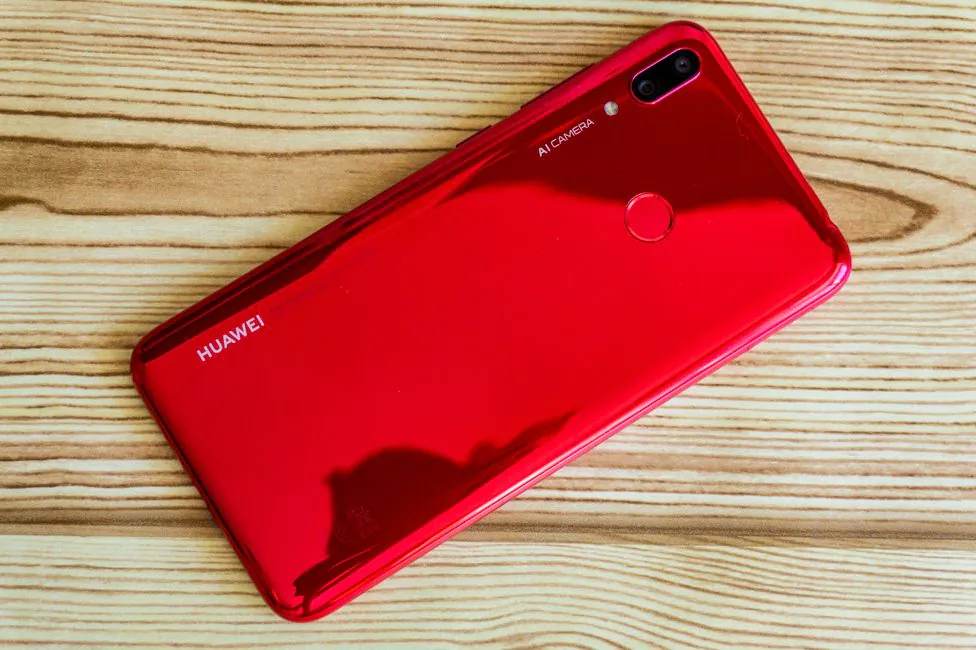
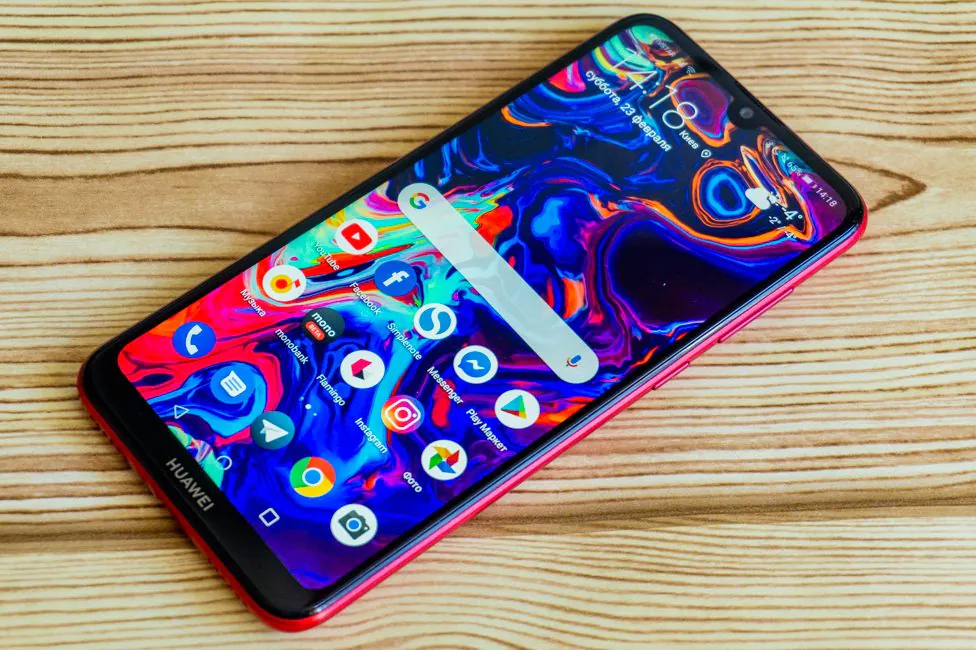
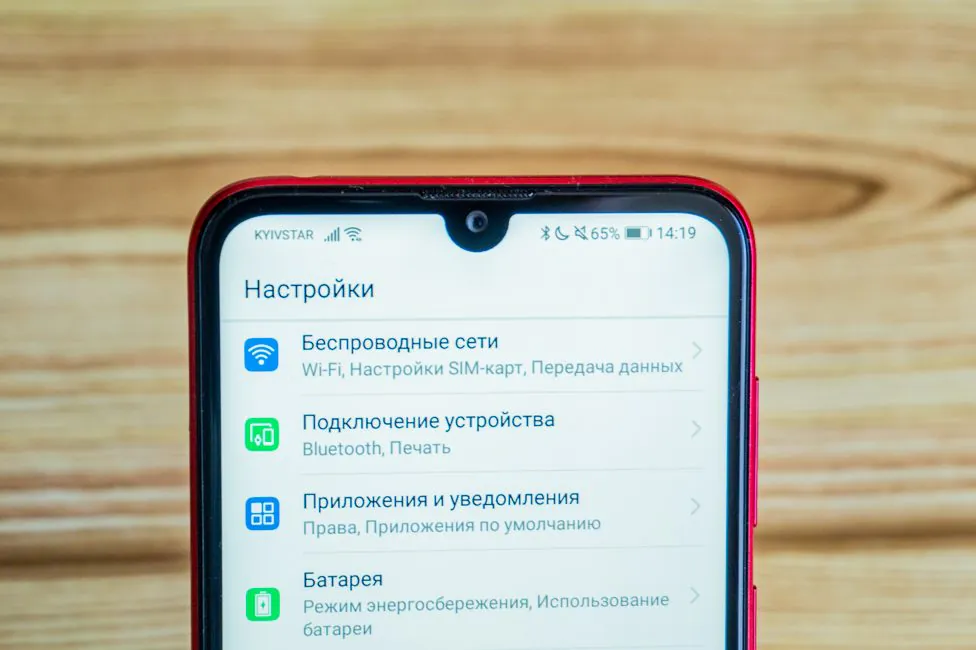

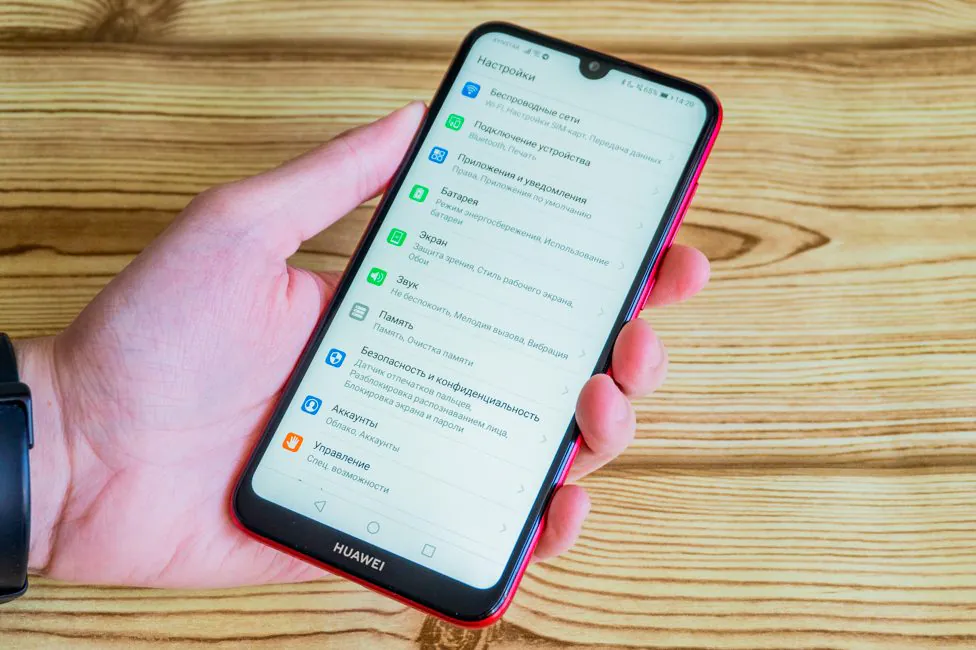
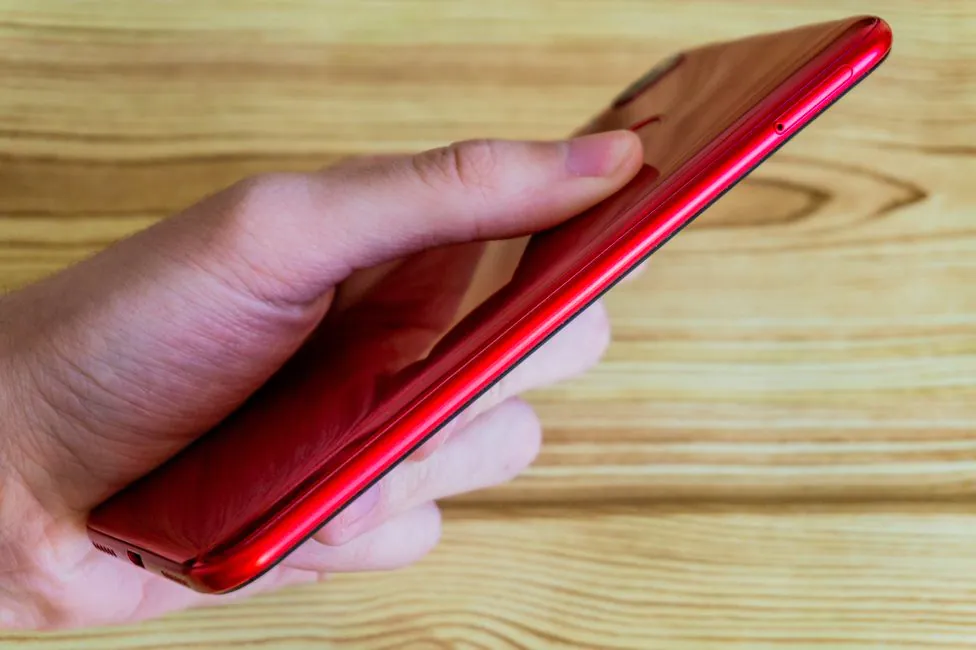
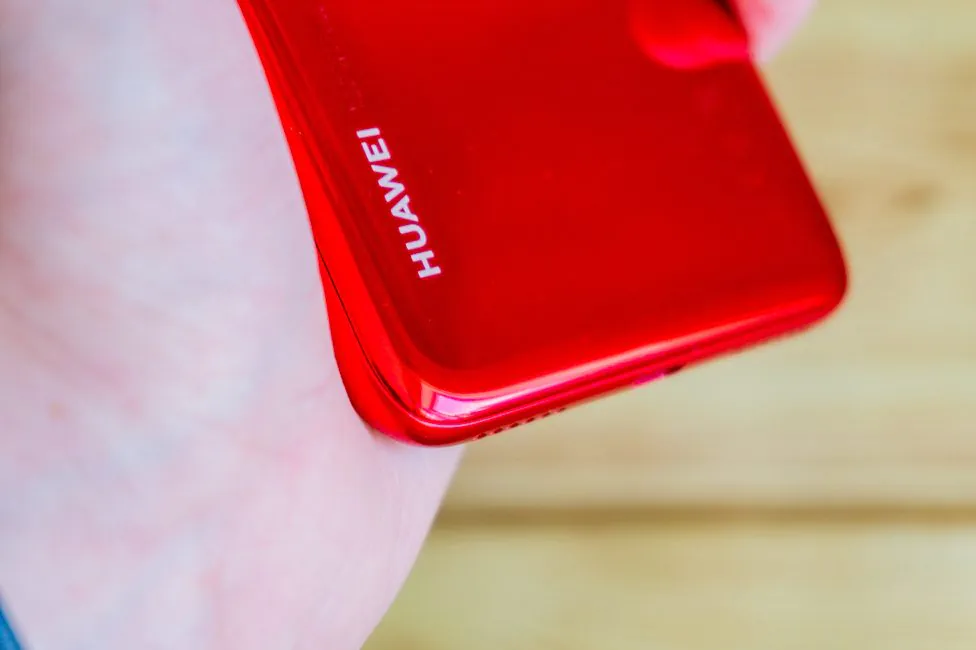
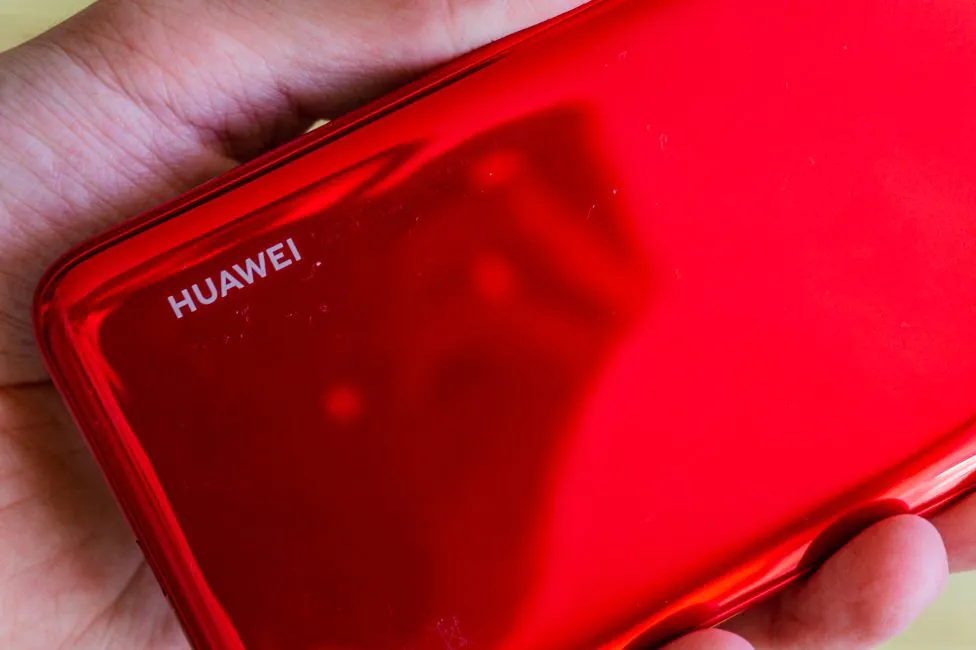
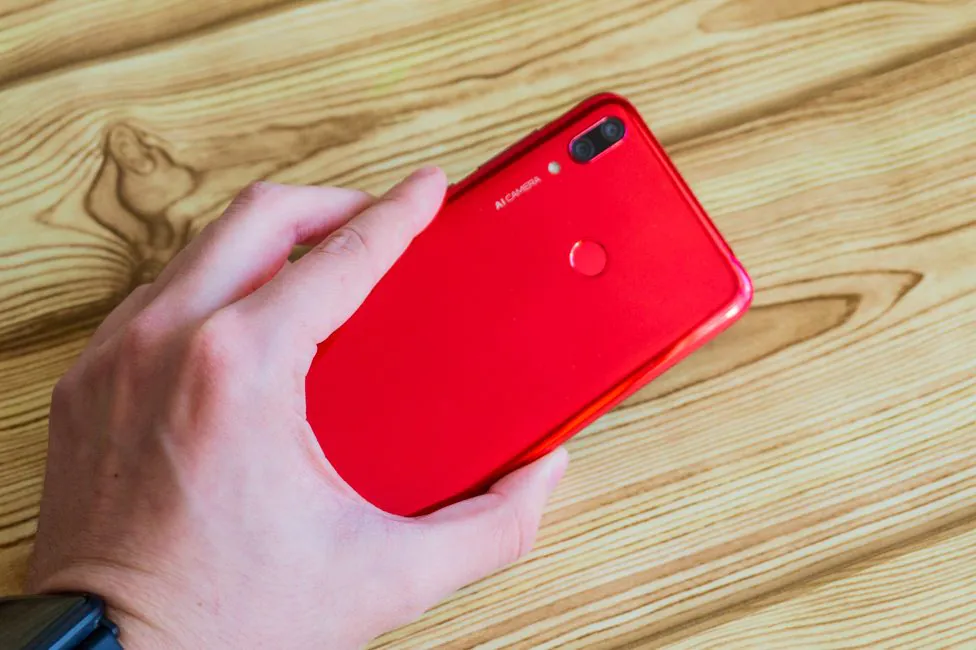
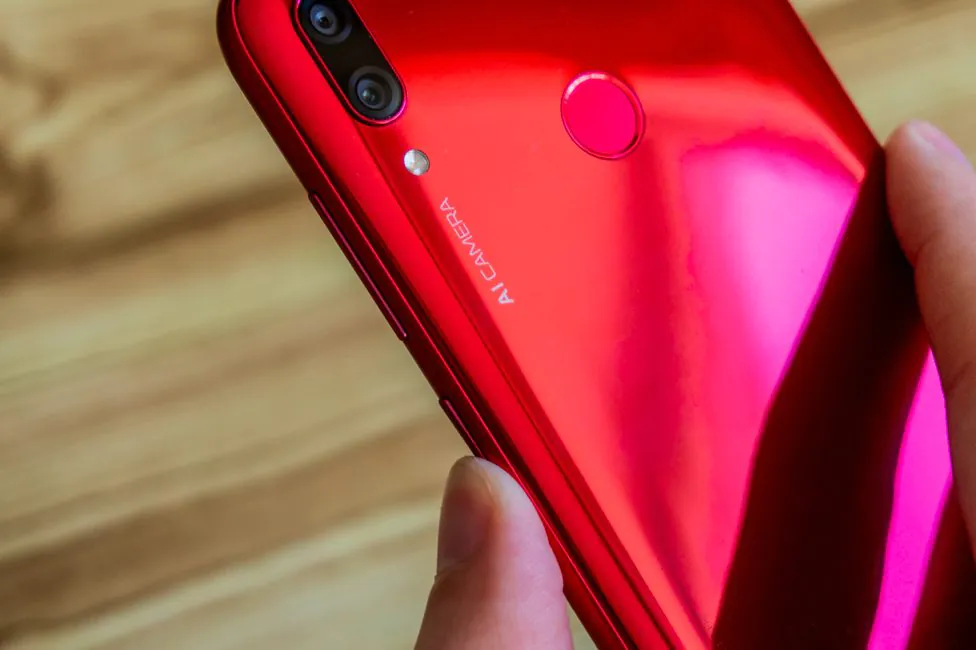
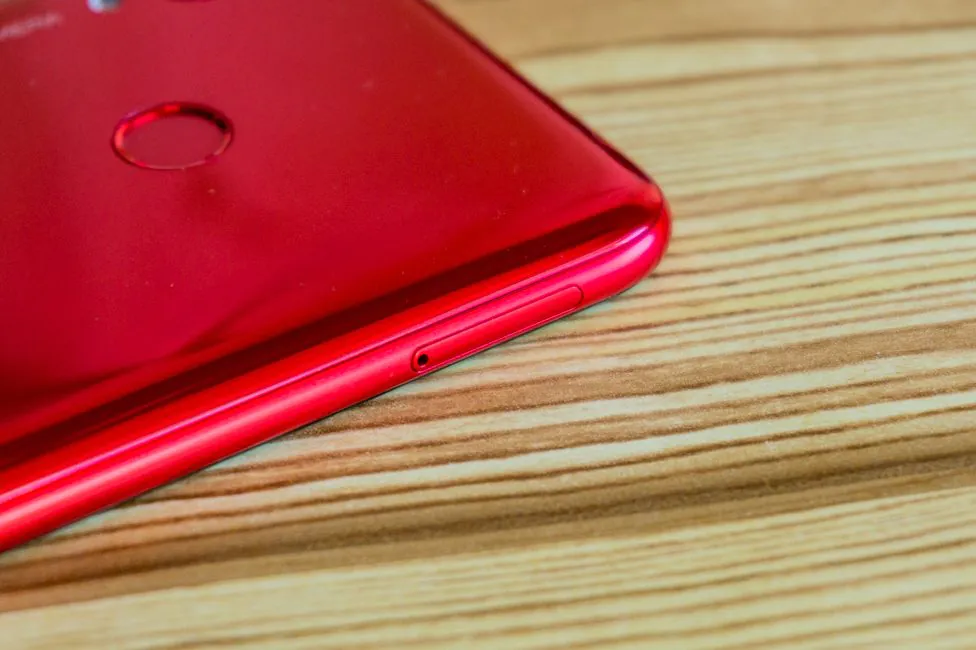
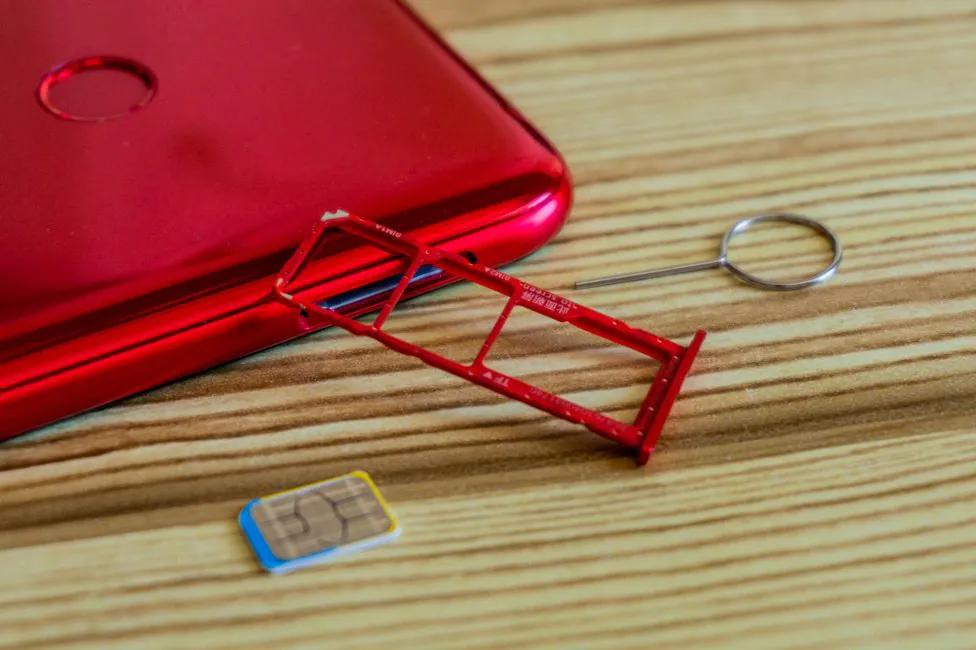
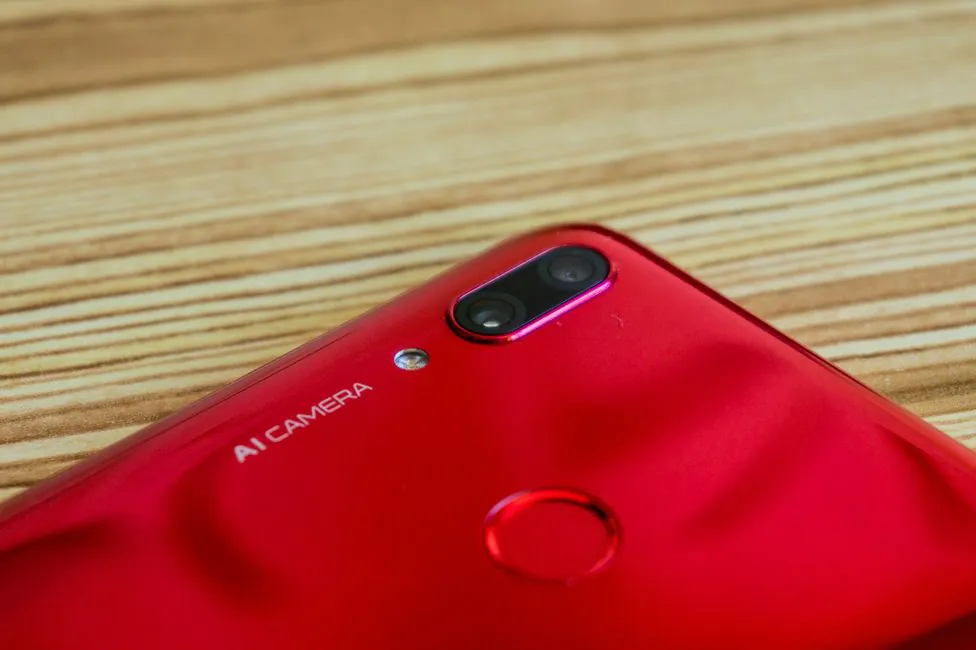

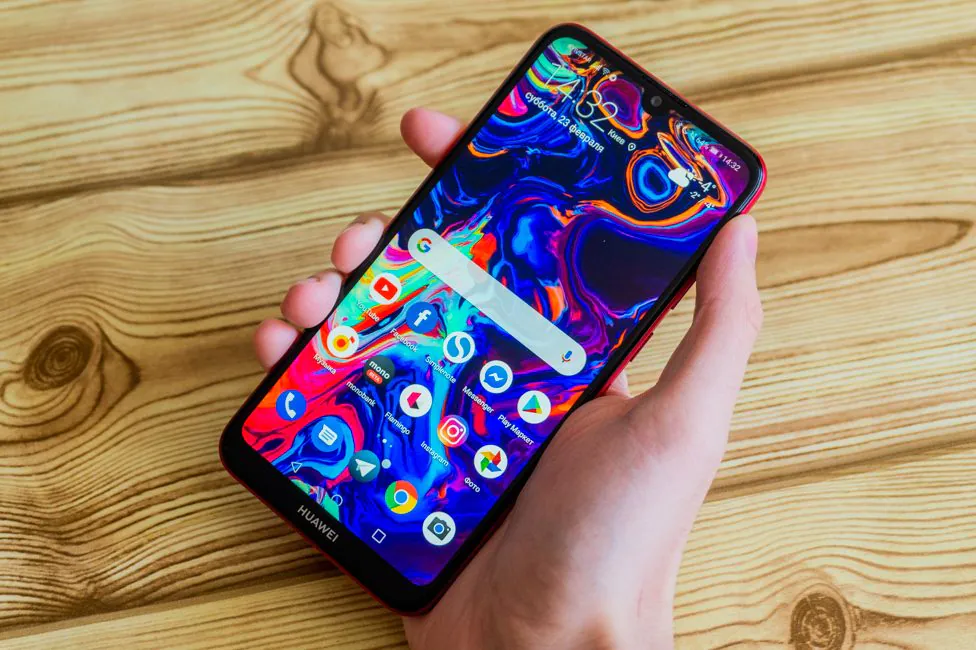
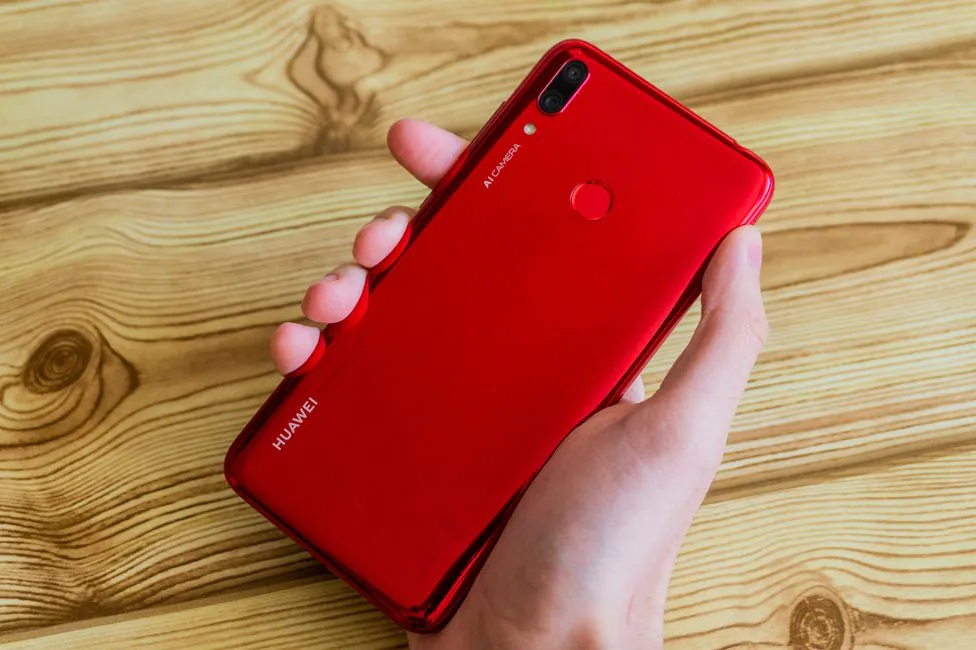
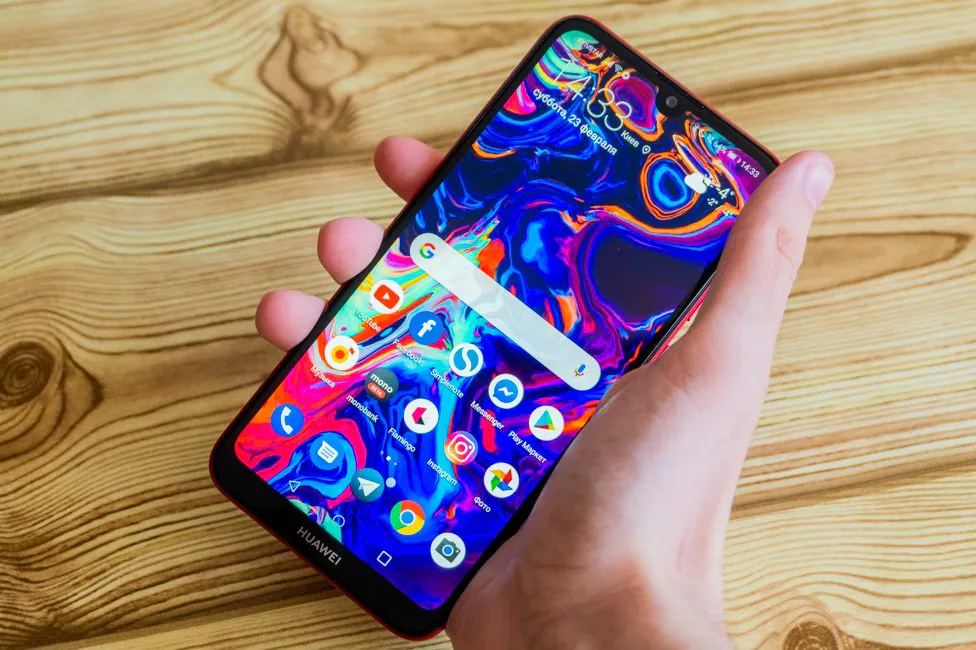
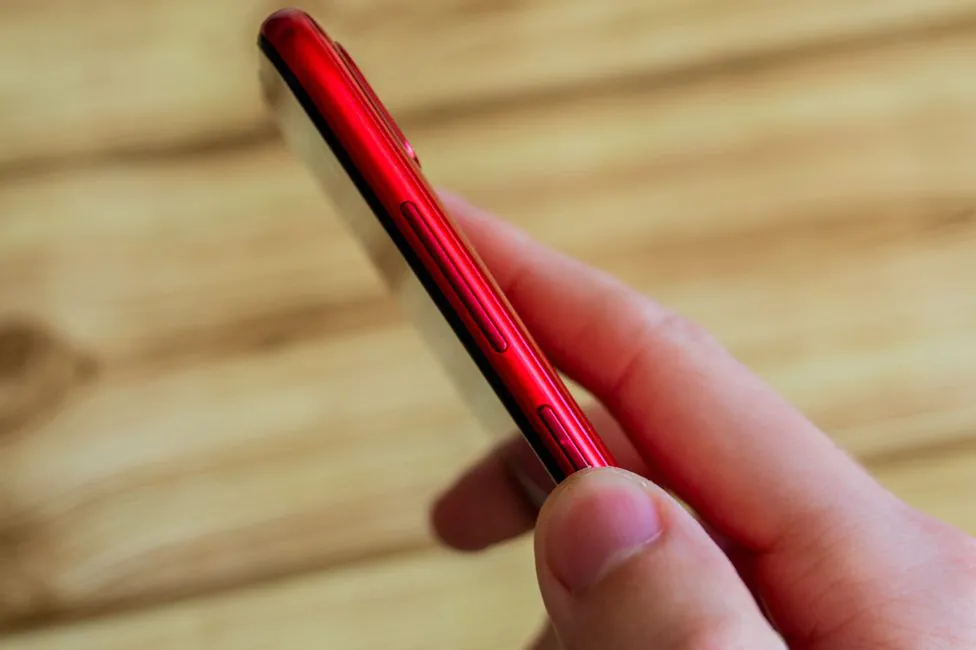
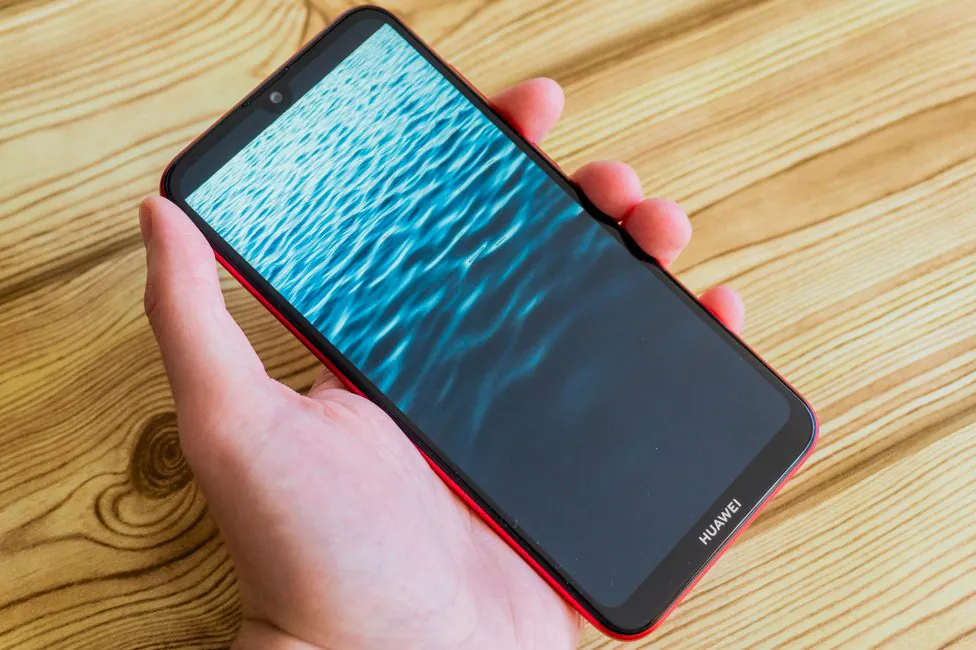
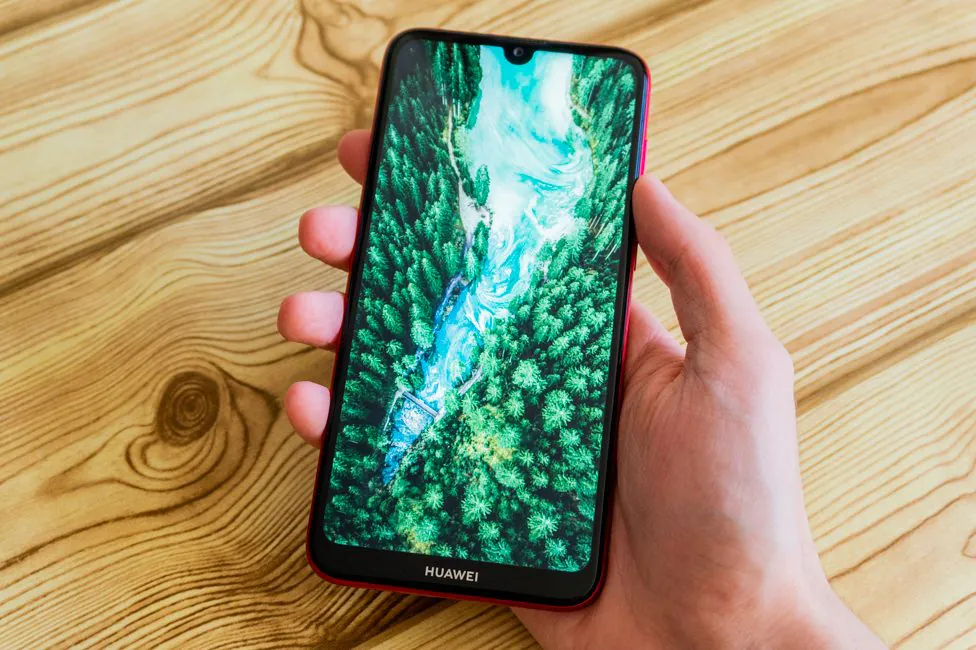
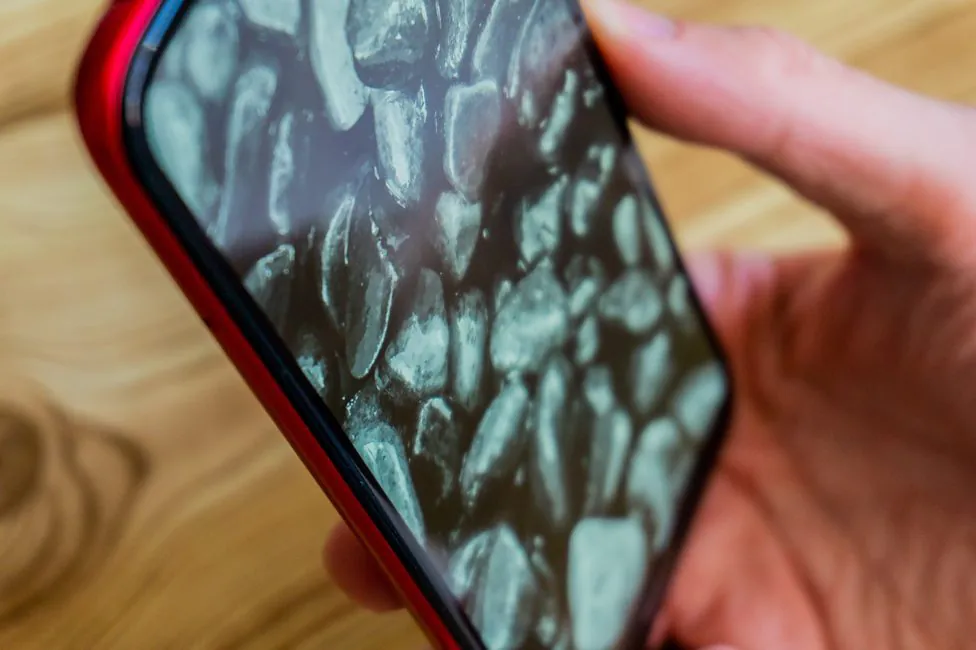
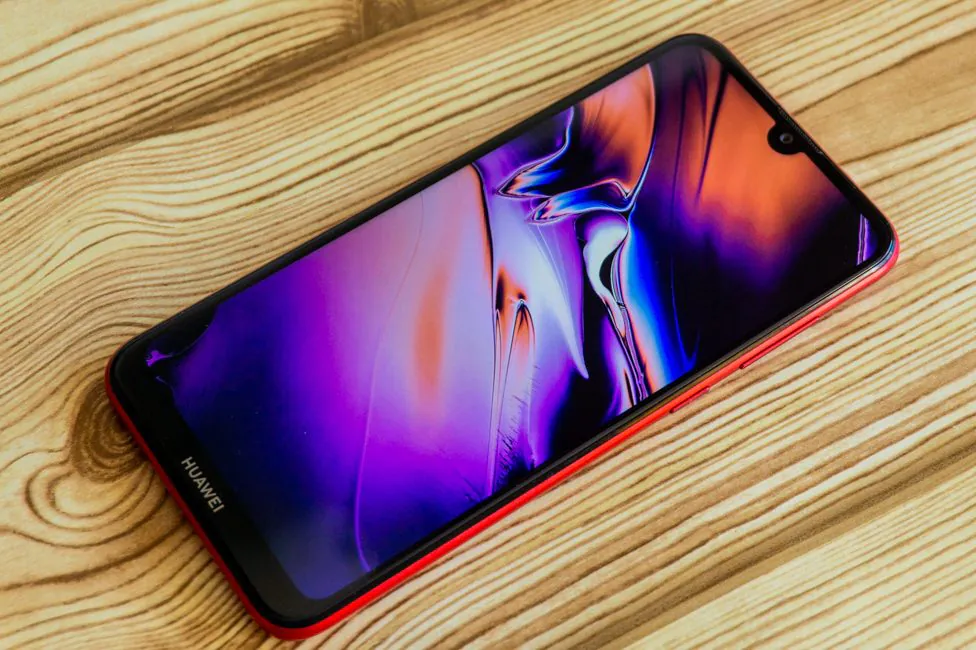
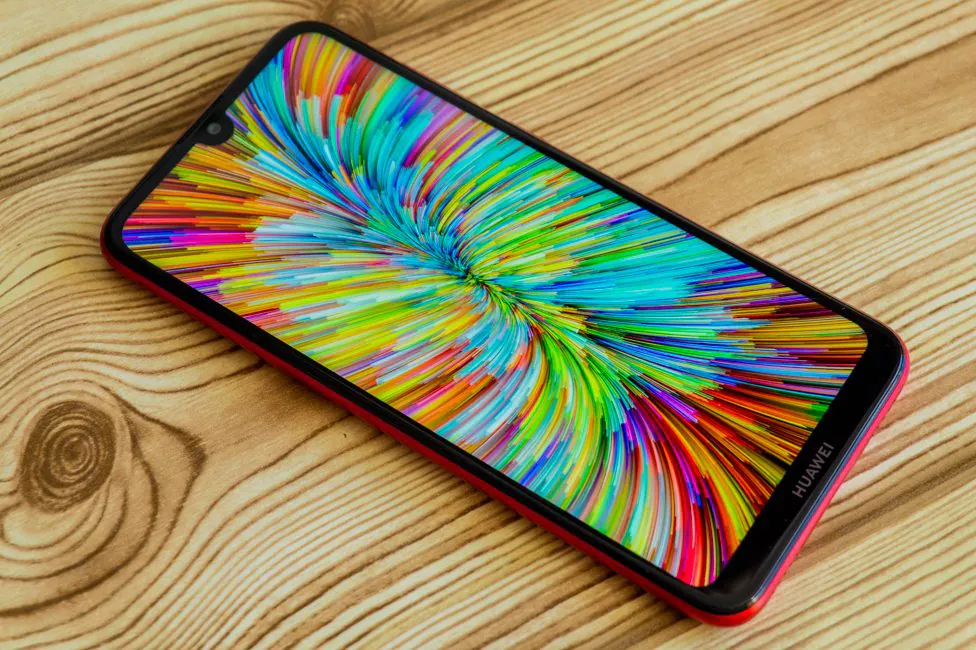
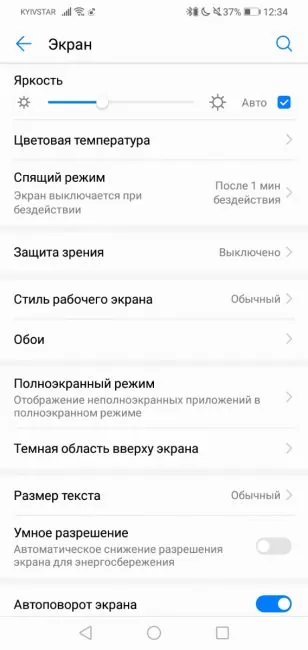
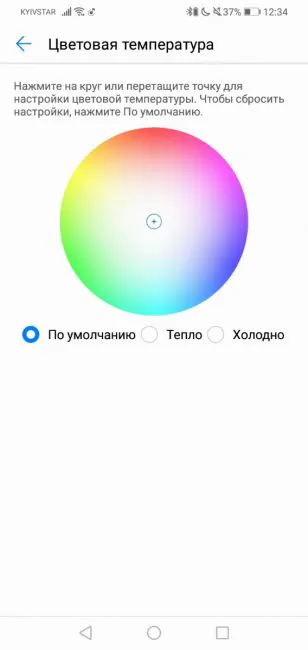
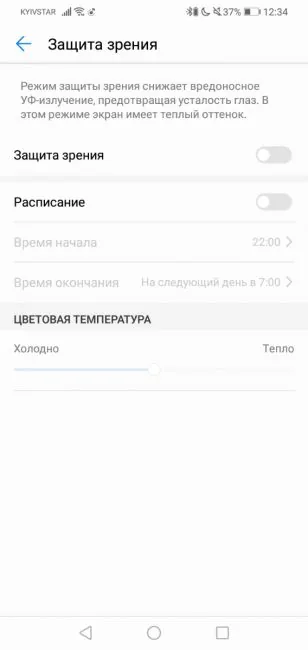
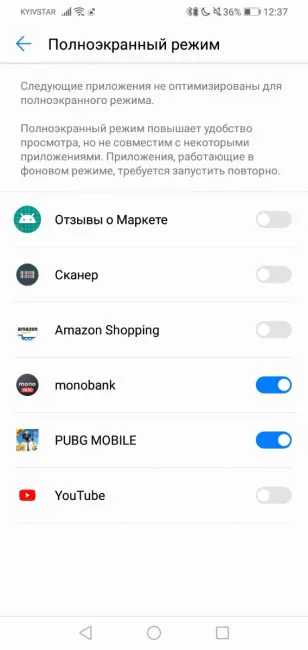


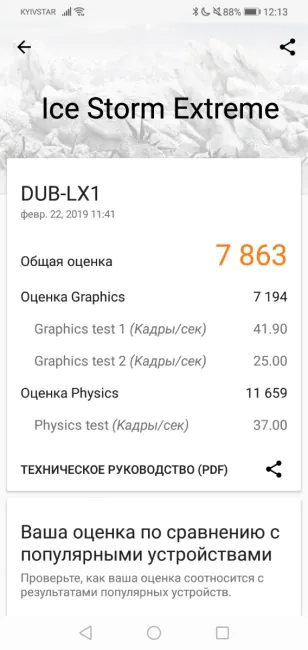
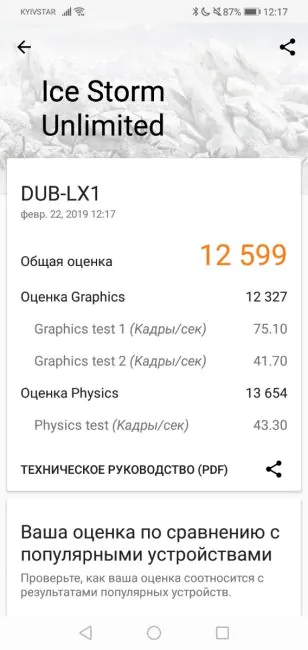
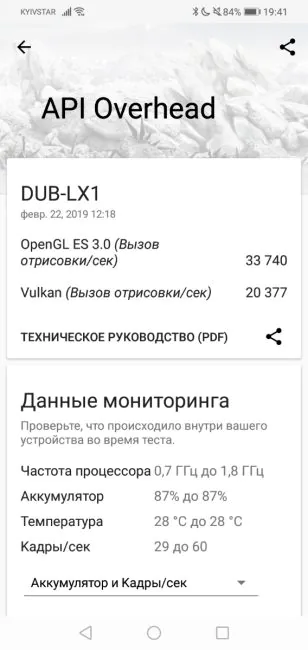

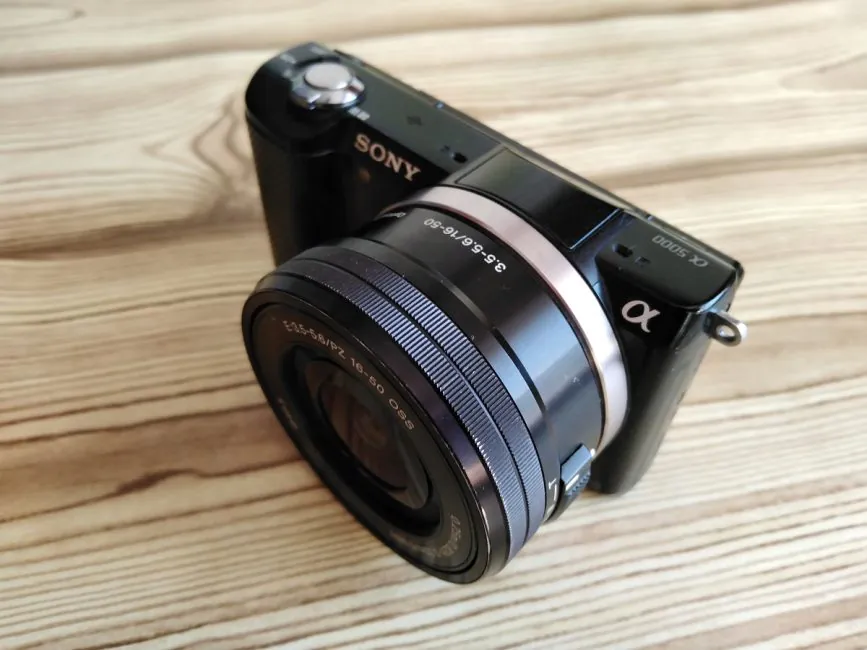


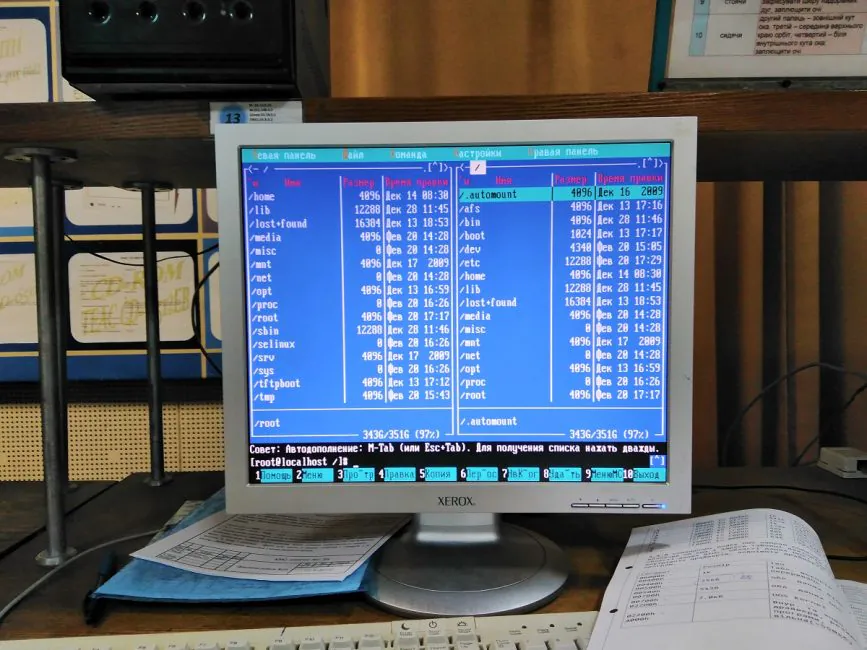
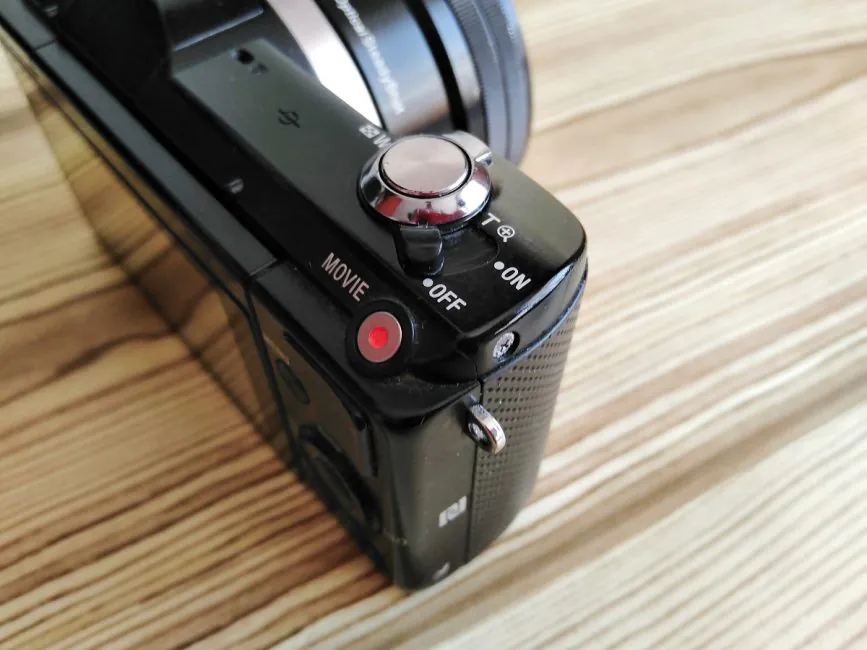
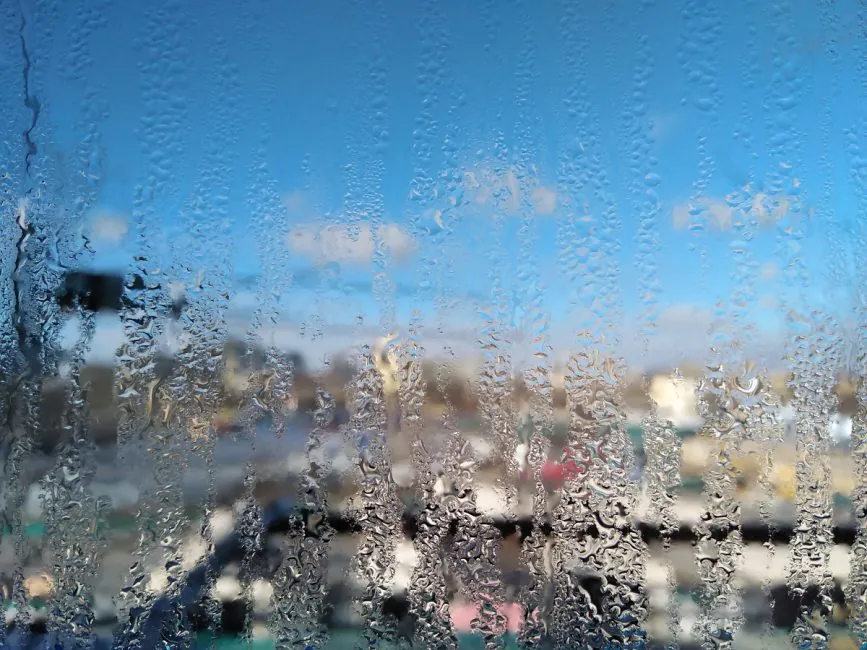
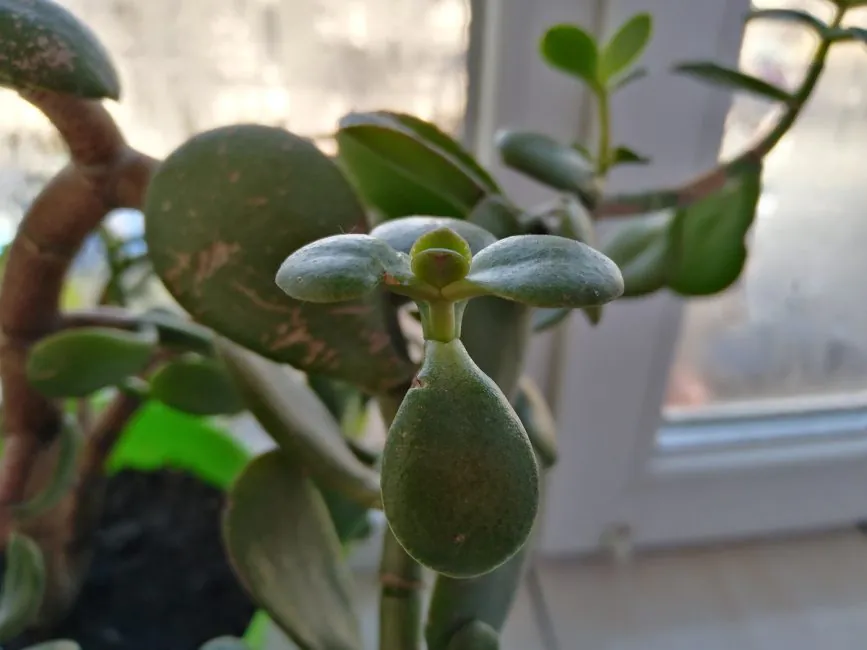
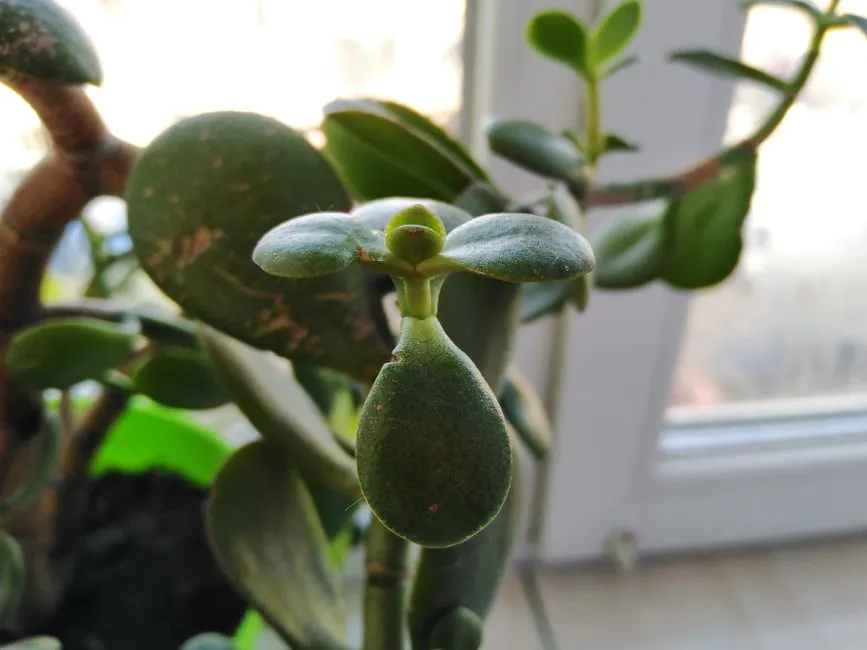
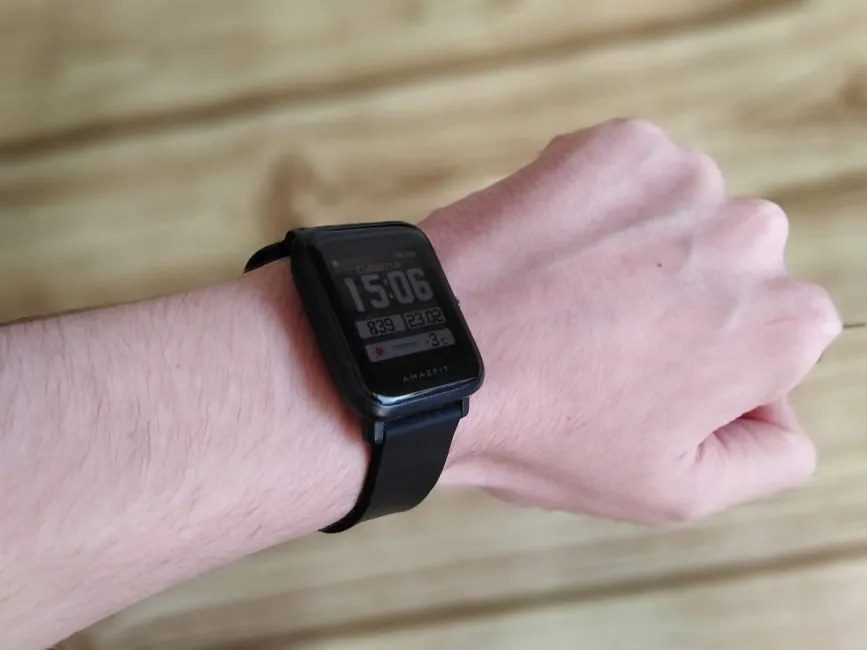
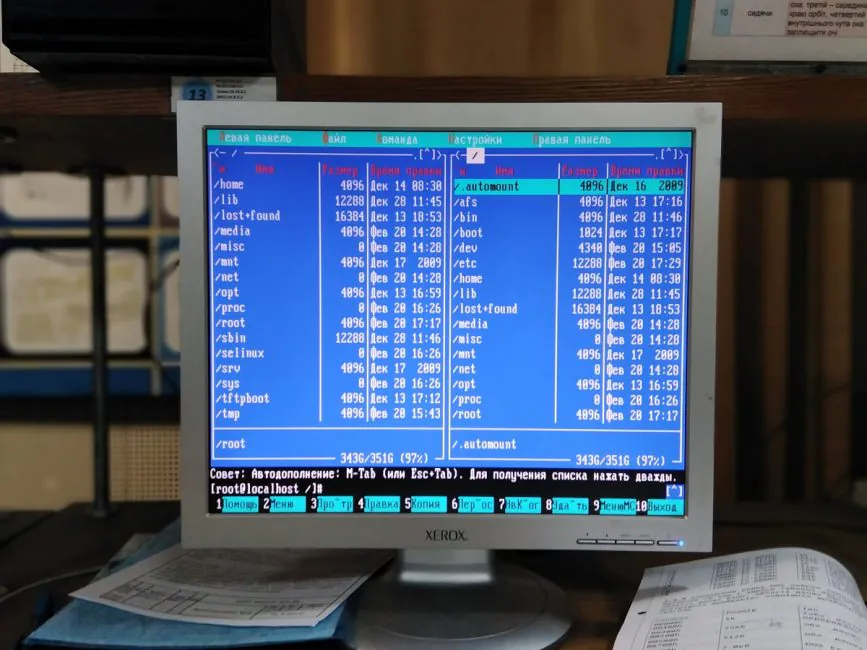
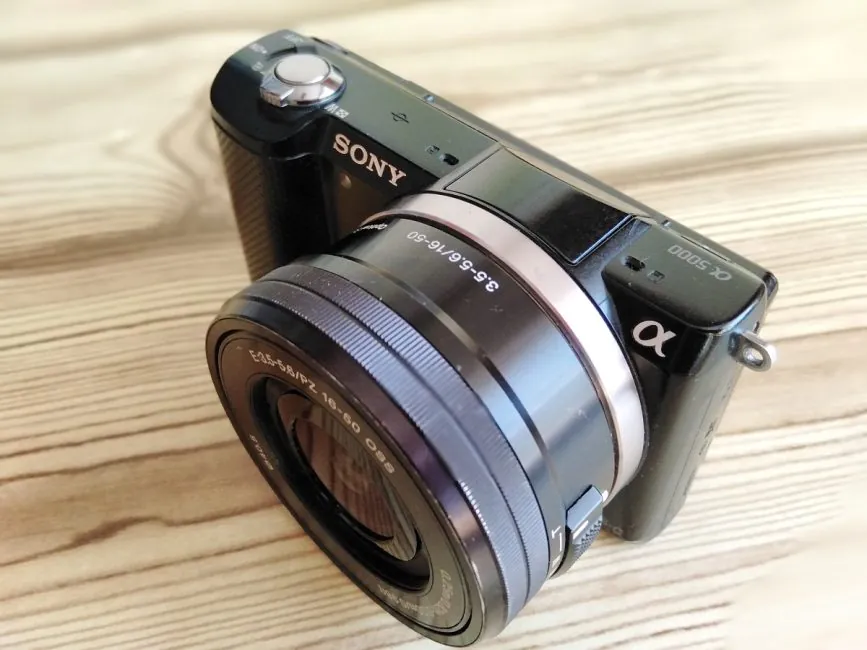
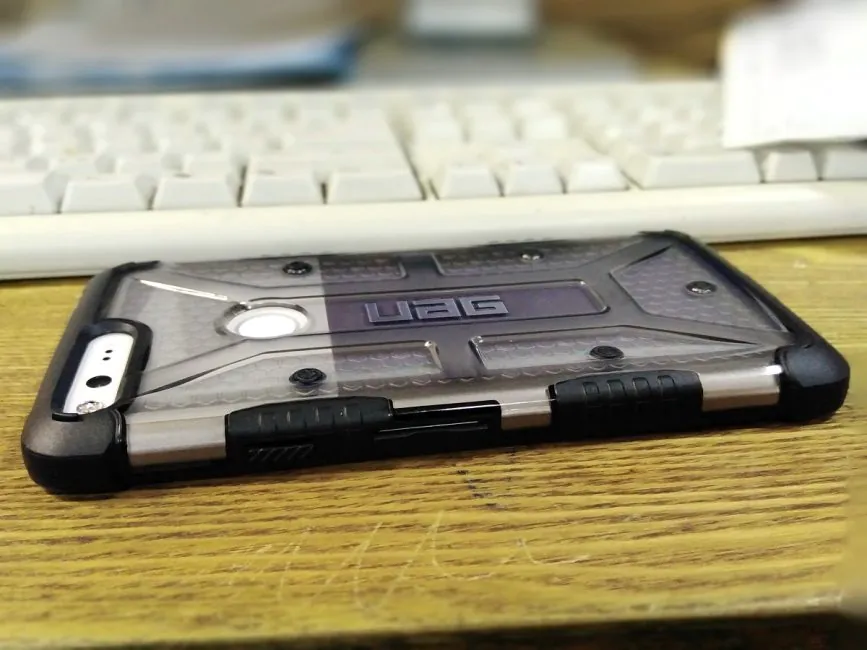
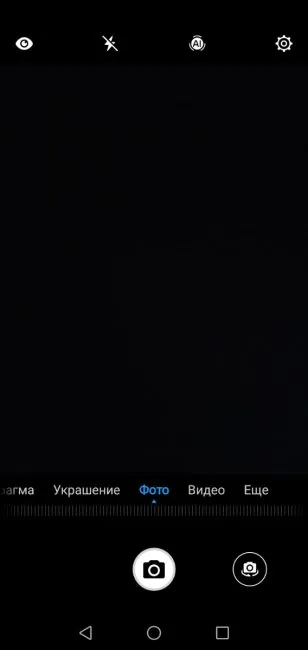
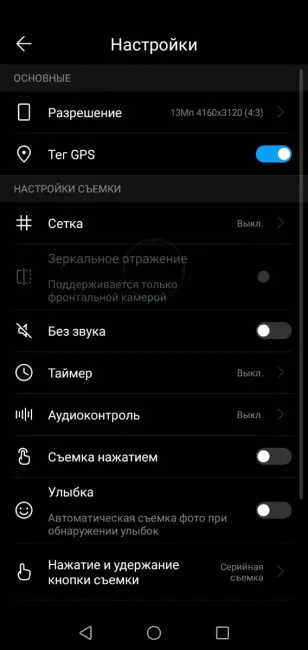
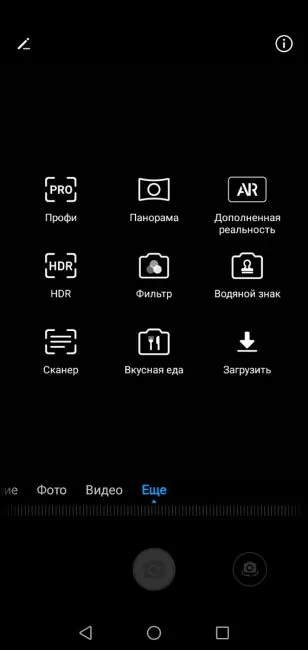
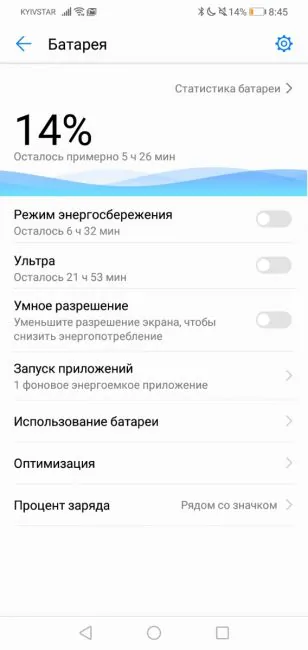
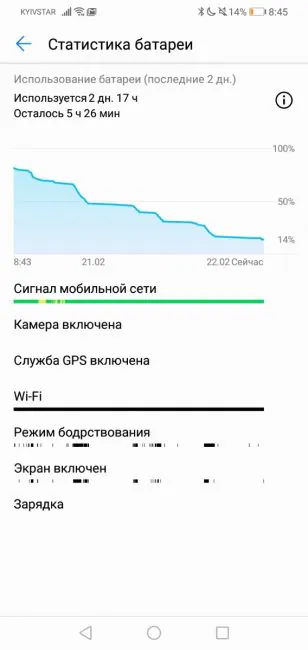
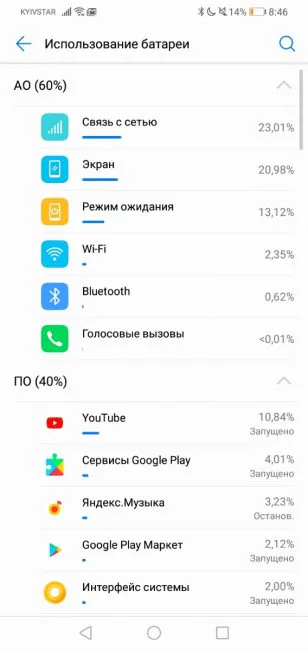
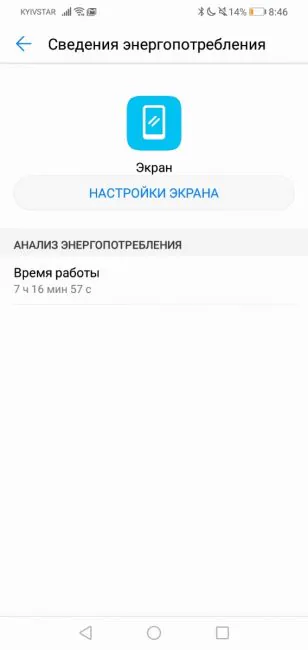
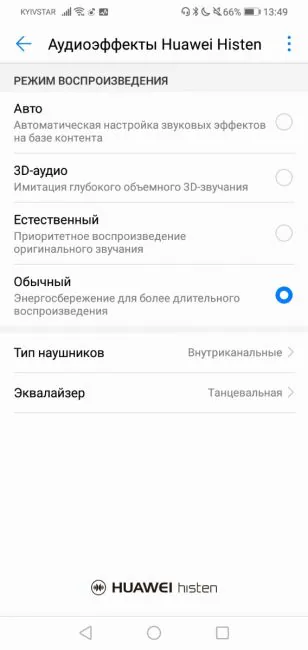
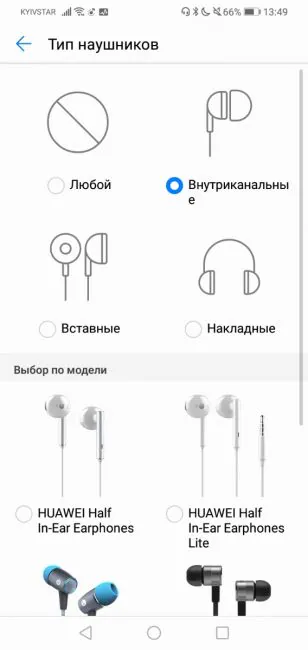
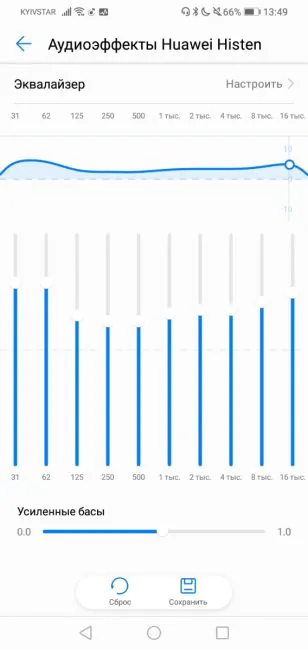
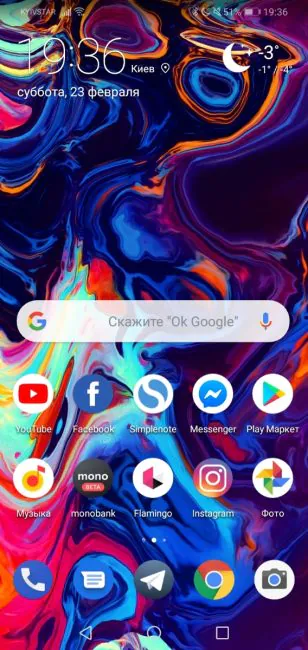
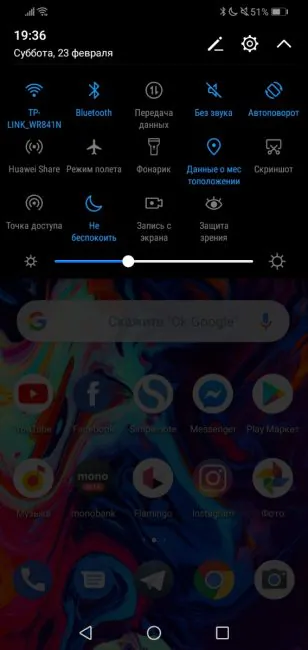
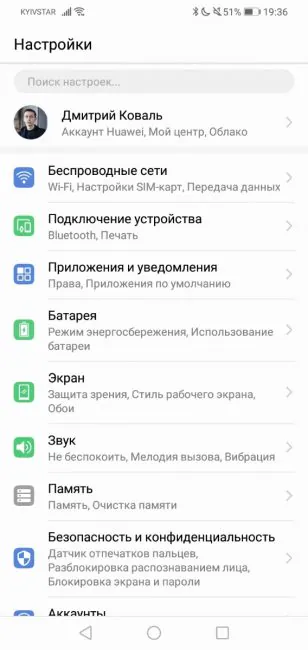
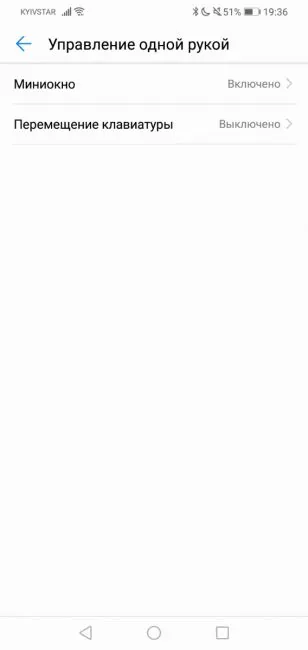
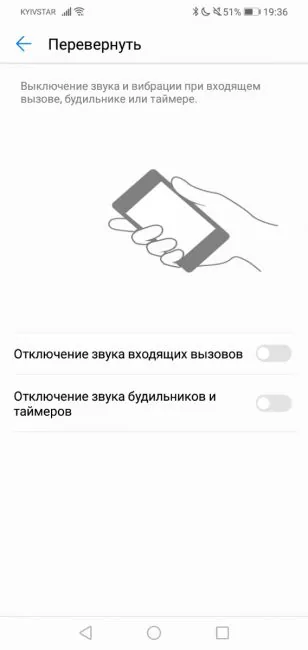
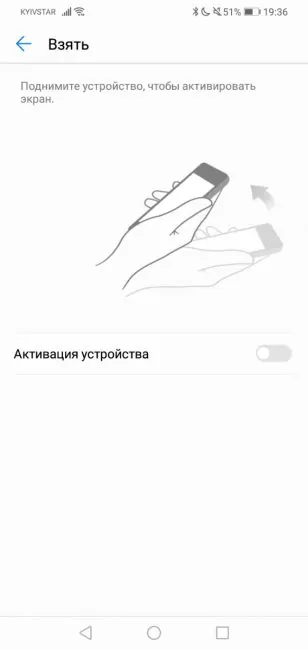


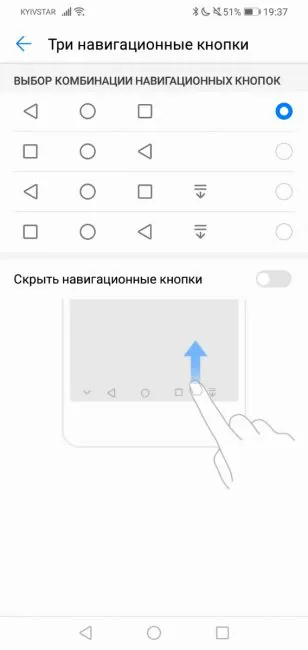
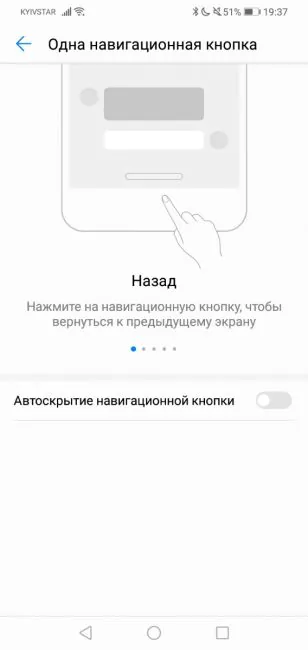
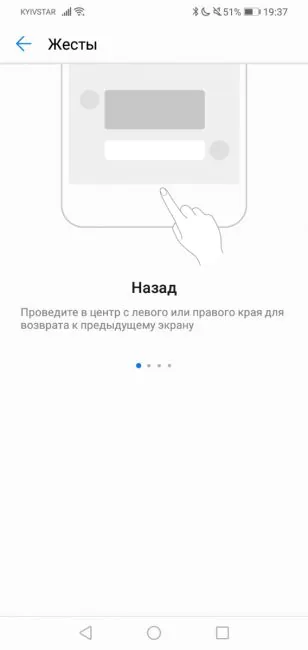
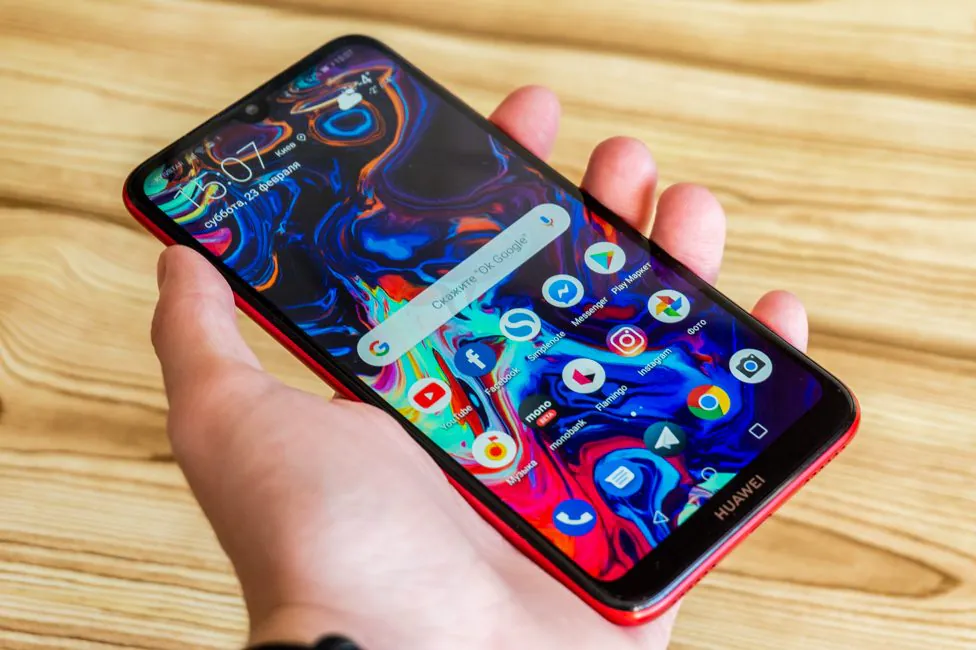
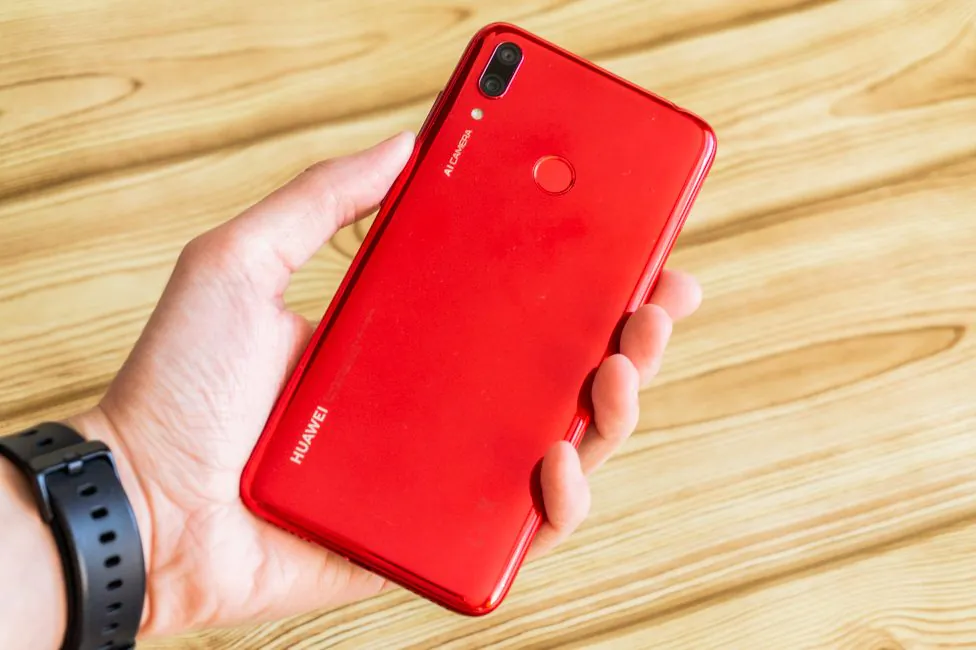
how can i lay a buy